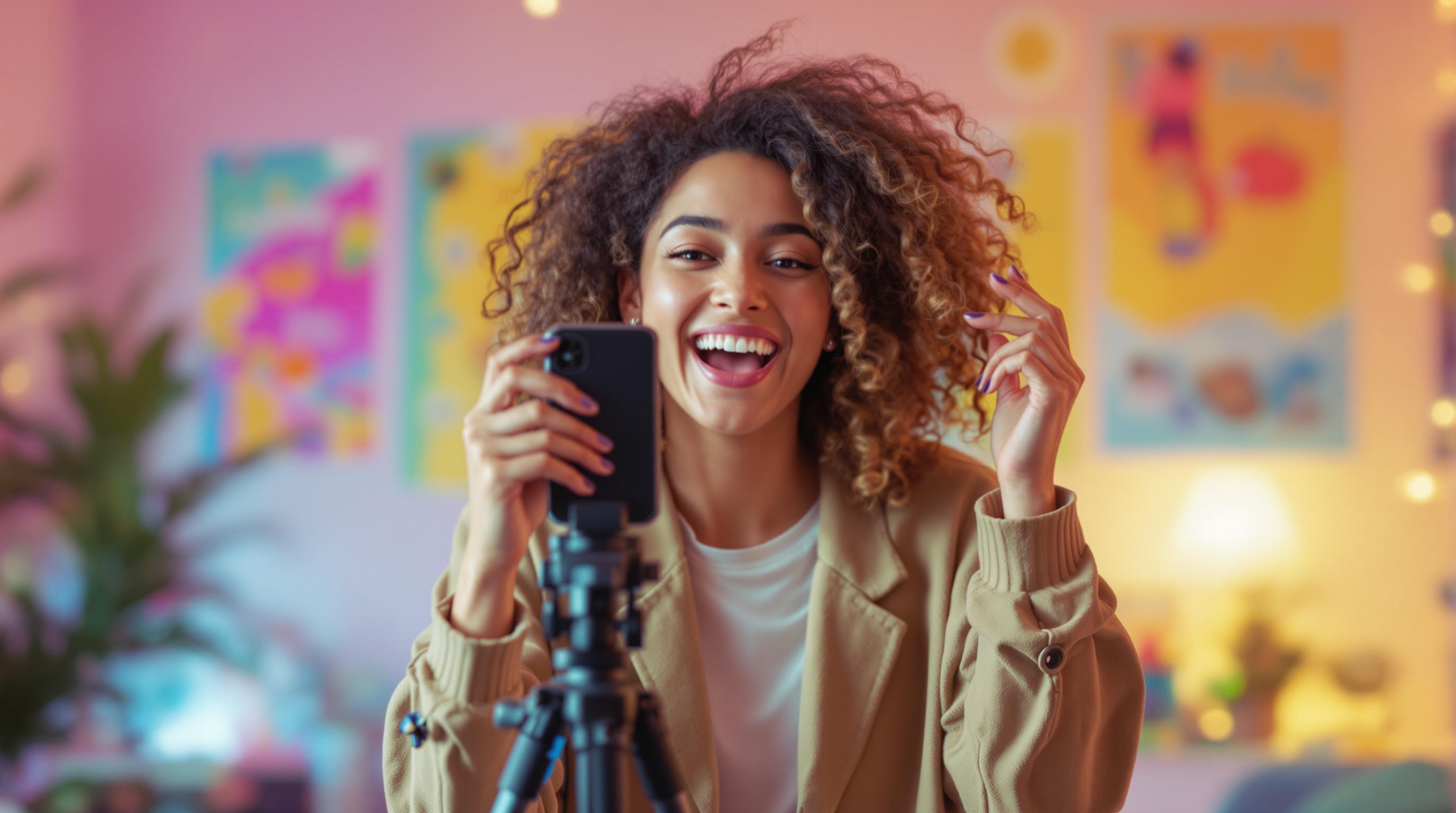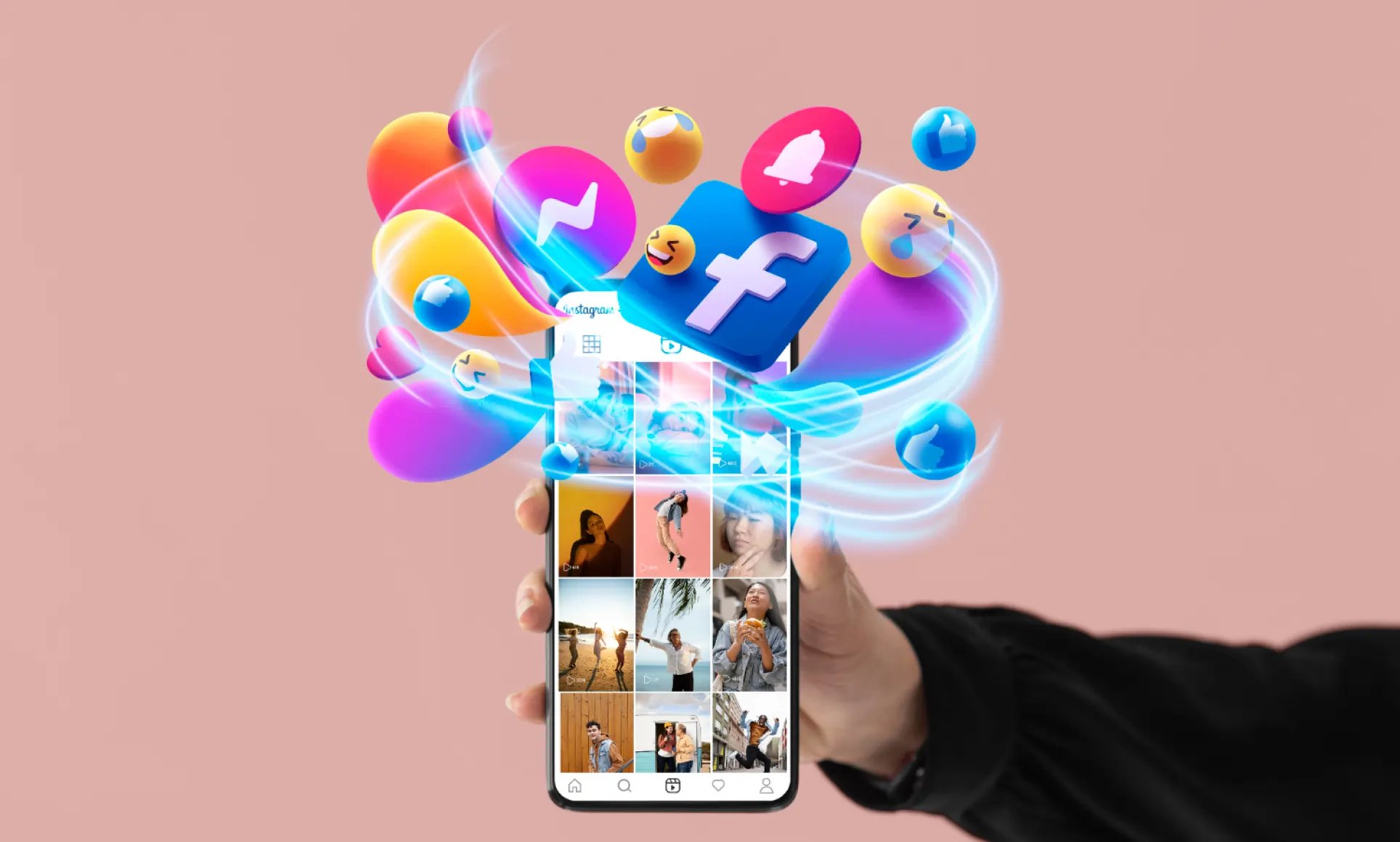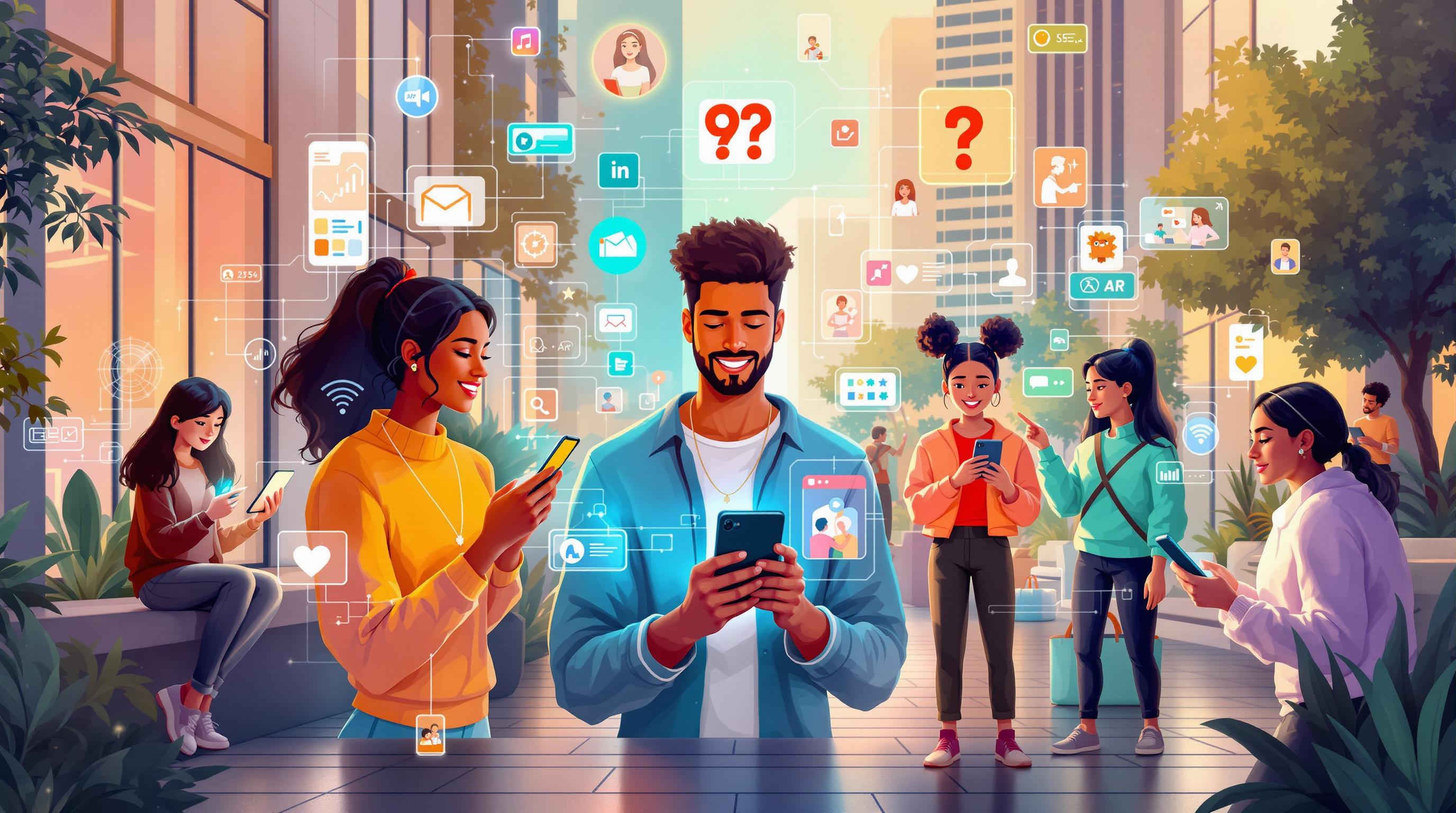
Social media in 2025 is evolving fast, with businesses and users adapting to new trends. Here’s what’s driving the change:
- Short-Form Video: TikTok dominates with 2.051 billion users globally, and Instagram Reels sees 17.6 million daily viewing hours. Video content drives engagement like never before.
- AI Tools: AI powers content creation, with tools like FeedHive and Predis.ai helping brands create better posts. AI-generated memes see 60% more engagement.
- AR Features: Augmented reality boosts conversions by 94%. Popular campaigns include virtual try-ons and interactive filters.
- In-App Shopping: Social commerce hits $1 trillion globally, with TikTok Shop and Instagram Shopping leading the way.
- Data Privacy: With stricter privacy laws, brands focus on first-party data and transparent marketing strategies.
- Creator Partnerships: Long-term collaborations with influencers drive 60% better engagement and higher ROI.
- Audio Content: Platforms like Clubhouse and Twitter Spaces are growing, with podcast audiences surpassing 500 million monthly users.
- Social Impact Content: Consumers expect brands to address social and environmental issues, driving loyalty and trust.
- Personalized Content: AI helps brands deliver tailored content, boosting engagement and revenue by 40%.
- Group-Based Networks: Platforms like Facebook Groups and Discord create tighter, community-driven spaces for brands and users.
Quick Comparison of Key Trends
| Trend | Key Feature | Impact on Business |
|---|---|---|
| Short-Form Video | TikTok, Instagram Reels | High engagement, drives sales |
| AI Tools | Content creation, analytics | Saves time, increases engagement |
| AR Features | Virtual try-ons, filters | Boosts conversions, user interaction |
| In-App Shopping | Direct purchases on platforms | Simplifies buying, increases revenue |
| Data Privacy | First-party data, compliance | Builds trust, adapts to regulations |
| Creator Partnerships | Long-term influencer deals | Better ROI, stronger relationships |
| Audio Content | Podcasts, live audio chats | Deeper audience connection |
| Social Impact Content | Sustainability, societal issues | Builds loyalty, consumer trust |
| Personalized Content | AI-driven recommendations | Higher engagement, revenue growth |
| Group-Based Networks | Online communities | Boosts trust, reduces support costs |
These trends highlight the importance of video, AI, and community-driven strategies in 2025. Brands that adapt quickly will see stronger connections and higher engagement.
The future of social media | 2025 trends you NEED to know
1. AI Content Tools
AI tools are reshaping how social media content is created in 2025, with the global AI market expected to hit $2 trillion by 2030 .
Mike Kaput, Chief Content Officer at Marketing AI Institute, puts it this way:
"AI can help us make sense of the firehose of data provided by social media platforms, so we can create content that is valuable to audiences."
The numbers back this up: LinkedIn posts with images get 98% more comments, and tweets with visuals are three times more likely to engage users . Even AI-generated memes are gaining traction, driving 60% more organic engagement than standard posts .
Here’s a look at some top AI tools and what they bring to the table:
| Tool | Monthly Cost | Key Capability |
|---|---|---|
| FeedHive | $15 | AI Writing Assistant with conditional posting |
| Predis.ai | $27 | Video and carousel creation |
| Buffer | $5/channel | Multi-channel campaign automation |
| Flick | $15 | AI-powered content optimization |
David Raichman, Creative Director at Ogilvy, calls AI "a force multiplier for creative expression" , emphasizing its role in improving workflows. Today, 16% of organizations are already using AI for sentiment analysis , allowing them to understand audience reactions and adjust their strategies.
How to Make AI Work for Your Business:
- Set clear, specific goals for your content.
- Use AI-generated drafts as a starting point, then refine them to fit your brand.
- Monitor engagement metrics regularly to improve performance.
- Integrate AI tools across platforms to maintain consistent messaging.
Platforms like Sprout Social are leading the charge with features such as sentiment analysis and ViralPost® technology, which identifies the best times to post. These tools also enhance customer support, a priority for 76% of consumers who notice when businesses engage effectively on social media .
2. AR Social Features
Augmented reality (AR) is changing how people interact on social media in 2025. Since 2020, AR features have driven a 20% increase in user engagement . While AI improves content creation, AR takes user interaction to a whole new level.
Here’s why brands are jumping on the AR bandwagon: AR users are 90% more likely to convert, and campaigns featuring AR can boost sales conversions by 94%. Plus, 57% of users prefer brands that offer AR experiences .
Nicola Casey, UK & Ireland Marketing Director, highlights AR’s impact:
"Snap [...] truly understands how best to communicate through this innovative medium in a creative and interactive way that resonates with our audience. The [AR filter] campaigns we have run so far have been really successful so we are excited to bring this latest experience to our community to enjoy."
This showcases how AR can create engaging and memorable experiences for audiences.
AR Success Stories
Top brands are seeing real results by incorporating AR into their social strategies:
| Brand | Platform | AR Feature | Results |
|---|---|---|---|
| Mini | True-scale car model viewer | Reached 890,000 users, 28-second average engagement | |
| Gucci Beauty | Snapchat | Bloom Garden portal lens | 11x improvement in brand favorability |
| L'Oreal Paris | Virtual makeup try-on | Boosted purchase confidence | |
| Kohl's | Snapchat | Virtual Closet | Enabled direct in-app purchases |
Brands are blending fun with practicality. For example, Gucci’s Sneaker Garage lets users virtually try on shoes , while Estee Lauder’s foundation matcher on Snapchat allows testing of 60 shades before buying .
In the fashion and beauty sectors, AR is a game-changer. Around 90% of brands report that AR improves virtual try-on experiences , and 65% of shoppers say AR makes the buying process easier .
Key AR Trends in Social Media
AR is shaping the future of social media with features like:
- Personalized content: Users can create custom avatars and interactive moments.
- Enhanced live streaming: Real-time 3D effects and virtual overlays add depth.
- Interactive ads: Virtual product testing makes ads more engaging.
- 360-degree storytelling: Immersive narratives in virtual spaces captivate users.
Platforms are also embracing AR at scale. Facebook’s apps now connect with over 1 billion AR users , and Instagram Stories featuring AR filters achieve higher completion rates . AR’s role in social media continues to grow, offering exciting opportunities for brands and users alike.
3. In-App Shopping
In-app shopping is changing the way we shop, making it easier than ever to buy directly through social media platforms. By 2025, social commerce is predicted to become a $1 trillion global market . In fact, nearly half of U.S. social media users have already made purchases directly through these platforms .
Different platforms are shaping this trend with their own unique features.
Platform-Specific Shopping Features
Each platform approaches in-app shopping differently, offering tools and experiences tailored to their audiences. For example, TikTok Shop, which launched in September 2023, allows users to shop in real-time during live streams . On Instagram, over 130 million users interact with shopping posts monthly, and 87% of users say influencers inspire their purchases .
| Platform | Key Features | Best For |
|---|---|---|
| TikTok Shop | Live shopping, direct purchases | Video-based products, younger audiences |
| Instagram Shopping | Product tags, Shopping tab | Visual products, lifestyle brands |
| Facebook Shopping | Shop tabs, product catalogs | Reaching diverse age groups |
Success Stories
Brands are already seeing massive results from in-app shopping. For example, KimChi Chic Beauty used TikTok Shop to boost their gross merchandise value by 75x in just 90 days. They also saw a 238% increase in click-through rates and gained over 10,000 new followers during the same period .
Another standout is Wyze, a smart home company. Using TikTok Shop's Affiliate program, they became a top electronics seller, generating over $1 million in affiliate sales in just 60 days. Their content reached more than 100 million views, and one video alone brought in $100,000 in sales . These examples show how social media engagement can directly translate into sales.
Shopping Behavior Trends
Consumer habits are shifting fast. Today, 46% of shoppers prefer making purchases directly on social media platforms - a jump of 21 points since 2021 . TikTok users, in particular, are highly influenced by creators. About 64% of them buy products based on influencer recommendations, and they’re 1.7 times more likely to make a purchase compared to users on other platforms .
AI-Enhanced Shopping
AI is playing a big role in improving the shopping experience. By offering personalized product recommendations, AI helps users discover items they’re more likely to buy, making the process smoother and increasing conversion rates .
For businesses, the key is to focus on creating engaging video content, collaborating with influencers, and optimizing product pages to turn social media engagement into sales.
4. Short Video Growth
Short-form videos are reshaping how people engage with social media. By 2025, this format is expected to dominate, with 71% of marketers identifying it as their top-performing content type .
Platform Performance Metrics
Engagement rates for short videos vary across platforms, making it important to choose the right one to maximize reach and impact:
| Platform | Average Engagement Rate | Best Content Types |
|---|---|---|
| TikTok | 5.53% | User-generated, trends, challenges |
| Instagram Reels | 4.36% | Behind-the-scenes, product showcases |
| YouTube Shorts | 3.80% | Educational, how-to content |
Success Stories and ROI
Real-world examples highlight the power of short videos. Fashion brand GUESS launched a six-day TikTok campaign, #InMyDenim, and racked up over 38 billion views . Similarly, Superside used a 45-second user-generated content (UGC) video to achieve 590,000 impressions, 4,600 clicks, and nearly 1,200 leads in just one month .
Key Trends Driving Growth
Several factors are fueling the rise of short videos:
- Authenticity and UGC: TikTok thrives on user-generated content, which makes up 55.7% of its library. This type of content is 35% more memorable and drives 29% higher conversions .
- AI-Enhanced Creation: Tools like Instagram's MovieGen make professional-quality editing accessible. Coca-Cola, for example, used AI to create its 'Holidays Are Coming' commercials .
- Shopping Integration: Video content directly influences buying decisions, with 87% of viewers making purchases after watching videos . IKEA has capitalized on this by producing shoppable videos across multiple platforms .
"People crave authenticity, and UGC delivers that in a bite-sized format", says Ashlee Fitzgerald, Production Director at Superside .
Viewer Behavior
Audiences are spending an average of 1 hour and 16 minutes daily watching short-form videos . This level of engagement has a direct business impact, with 64% of consumers more likely to buy after viewing related video content on social media .
Platform-Specific Optimization
To succeed, brands need to adapt their content to match platform behaviors. For example, 85% of Facebook videos are watched without sound, so visuals need to do the heavy lifting . On Instagram Stories, 85% of viewers watch until the end, and 50% take action by visiting a website .
The secret to success is creating content tailored to each platform while staying authentic. Behind-the-scenes videos, UGC, and interactive features help brands build genuine connections with their audience. By leveraging these strategies, businesses can tap into the growing potential of short-form video and drive deeper engagement.
5. Data Protection Focus
In 2025, data privacy is at the forefront of social media strategy. With 79.3% of the global population now covered by national privacy laws , this shift is reshaping how brands connect with their audiences.
Current Privacy Landscape
The privacy landscape on social media has undergone major changes, driven by stricter regulations and growing consumer concerns. In the U.S., 72% of people worry about being tracked online by advertisers and tech companies . Additionally, 52% have deliberately avoided products or services due to privacy concerns .
How Platforms Are Responding
Social media platforms are stepping up their privacy measures to address these concerns:
| Platform | New Privacy Features | Impact on Marketing |
|---|---|---|
| Better protection for teens | Limits data collection for minors | |
| TikTok | AI-based threat detection | Reduces behavioral targeting |
| Advanced encryption | Cuts back on third-party data use |
While these platforms enhance privacy features, regulatory scrutiny is only increasing.
Regulatory Impact
Regulators are cracking down hard. For instance, Facebook faces a potential €100 million fine in Belgium, while Google and YouTube recently settled for $170 million . In the U.S., eight new state privacy laws are set to take effect in 2025 , forcing marketers to rethink their strategies.
New Marketing Strategies
Brands are pivoting to privacy-conscious marketing methods to adapt. These include:
- First-party data: Building direct relationships with customers through loyalty programs and surveys .
- Contextual targeting: Serving ads based on content relevance instead of personal data .
- Consent management: Using clear opt-in processes to stay compliant .
Privacy as a Selling Point
Strong privacy practices are becoming a competitive edge. Take Apple, for example. Its focus on user privacy has earned it a 92% brand loyalty rate , showing that prioritizing privacy can deepen customer trust and loyalty.
Tools and Techniques for Compliance
To meet compliance standards, businesses are adopting tools and practices like:
- Consent management platforms (CMPs) to manage user permissions
- Regular privacy audits to identify and fix issues
- Advanced data security measures
- Employee training on privacy best practices
Additionally, privacy-focused technologies like Google's Privacy Sandbox are helping brands strike a balance between effective marketing and respecting user data.
Shifts in Consumer Behavior
These changes align with evolving consumer habits:
- 37% of internet users aged 16–64 now use ad blockers .
- Privacy-conscious consumers make up about one-third of the market .
- 67% of online users actively opt out of data tracking .
These trends emphasize the need for privacy-first marketing strategies that build trust while maintaining meaningful engagement.
sbb-itb-3858882
6. Creator Partnerships
As consumer habits evolve, creator partnerships are becoming a cornerstone of modern brand strategies. By 2025, brands are moving away from short-term influencer deals and focusing on building lasting relationships with creators .
Evolution of Brand-Creator Relationships
Today, two-thirds of consumers purchase creator-founded products . This trend has driven brands to deepen their investment in these partnerships.
| Partnership Type | Benefits | Key Metrics |
|---|---|---|
| Long-term Ambassadors | Builds trust and loyalty | 61% rise in investment |
| Co-created Products | Expands market reach | 93% of brands planning launches |
ROI and Performance Metrics
Creator partnerships deliver an impressive return, with an average ROI of $6.50 for every $1 spent. Top-performing campaigns can even exceed $20 per dollar .
Taking a Strategic Approach
Successful creator partnerships today require more than just financial backing. Brands need to focus on:
- Shared Values: Collaborate with creators whose values align with your brand's mission .
-
Ongoing Support: Ed East, Group CEO of Billion Dollar Boy, emphasizes the importance of going beyond transactional deals:
"As creators grow more influential, the brands that truly support them beyond traditional paid partnerships will thrive in the long run. In 2025, we expect to see brands investing in creators' education, well-being, and business development, recognizing that sustainable, long-term relationships go far beyond transactional campaigns."
Measuring Success
Simon Harwood, Global Effectiveness Director at Billion Dollar Boy, notes that creator partnerships are now measured with the same rigor as other marketing channels:
"Influencer channels are now held accountable with the same KPIs as the rest of the marketing mix - awareness, consideration, perception, sales - you name it. Measurement will need to keep pace with heightened expectations."
Content Performance
Creator-generated content continues to outperform traditional branded content. It delivers:
- 60% better engagement
- 52% lower content creation costs
- A direct influence on 49% of consumers to make monthly purchases .
The Future of Creator Collaborations
Looking ahead, 93% of marketers plan to co-create products or services with creators . This trend aligns with consumer behavior, as 88% of creators have already launched their own products or services .
Andrea Ahern, Senior Vice President at Billion Dollar Boy, highlights an emerging strategy:
"Brands are increasingly turning to 'out-of-category' influencer partnerships to reach new audiences and generate buzz. These collaborations, where creators work outside their usual niche, not only broaden a brand's reach but also bring fresh, authentic perspectives to content."
This shift in approach is setting the tone for even more dynamic creator partnerships as the industry evolves.
7. Audio Social Media
Audio-focused social media is growing fast, with global podcast audiences expected to surpass 500 million monthly active users by 2025 . Just like short videos and augmented reality, audio features provide brands with a dynamic way to engage their audiences on a deeper level.
Platform Ecosystem
Social platforms are stepping up with audio features to meet this rising demand:
| Platform | Key Features | Active Users |
|---|---|---|
| Clubhouse | Audio chat rooms, podcast-like vibe | 10M weekly |
| Twitter Spaces | Real-time, open audio conversations | N/A |
| Reddit Talk | Moderated live audio discussions | N/A |
| Facebook Live Audio | Group-focused audio discussions | In testing |
| LinkedIn Live Rooms | Audio spaces for networking | N/A |
Content Creation Strategies
Leveraging the unique features of these platforms can elevate your audio content game. Scott Jones, CEO of a digital marketing agency, highlights the value of audio engagement:
"Podcasting and social audio platforms provide unique, engaging, and personal ways to connect with audiences in 2025."
Tools to Boost Performance
Tom Flynn, VP of Marketing at SpendMend, recommends tools like Wavve for creating audiograms. He notes that these tools not only generate leads but also offer an easy way to create professional-looking visuals .
Tips for Effective Use
To succeed in audio social media, focus on these areas:
Content Optimization
- Build podcast landing pages to improve search visibility.
- Turn podcast transcripts into blog posts for broader reach.
- Use audiograms to share snippets on social platforms.
Engagement Strategies
- Host live Q&A sessions to interact directly with your audience.
- Use audio events to launch new products.
- Collaborate with industry influencers for greater impact.
What’s Next?
The future of audio social media is shaping up with:
- AI-driven voice features.
- More interactive audio experiences.
- Smarter content recommendations.
These advancements are redefining how brands engage with their audiences, making audio an essential part of any social media strategy.
8. Social Impact Content
Brands are increasingly using social impact initiatives to form deeper connections with their audiences. In 2025, social responsibility is a key factor in social media success. Research shows that two-thirds of consumers expect brands to address social and political issues, while 77% of young adults (ages 18–29) find it crucial for businesses to operate in environmentally sustainable ways .
Impact-Driven Engagement
Consumers care deeply about these social issues:
- Human rights
- Poverty
- Environmental sustainability
- Education
Success Stories
Recent campaigns have shown how social impact can resonate with audiences:
- Bodyform's "Womb Stories": This campaign tackled women's health issues, generating 1.1 million views on Instagram and 3.4 million likes on X. It sparked widespread discussions about topics often considered taboo .
- LEGO's Gender Initiative: Partnering with The Geena Davis Institute, LEGO worked to combat gender stereotypes, spreading their message across social media platforms .
These examples show how addressing societal issues can build trust and loyalty among consumers.
Strategic Implementation
To make a real difference, brands must follow through with measurable actions. Data reveals that 77% of consumers are more likely to stay loyal to brands that actively address societal issues . Additionally, 59% of people are willing to pay more for trusted brands .
"Our goal is to develop sustainable solutions for the entire industry. We want other companies to join us and move forward, collectively. We don't see renewable or recycled content as areas where we want competitive advantage" .
Engagement Best Practices
To effectively engage in social impact, brands should:
- Use reliable data to back their claims.
- Respond quickly to community concerns.
- Create spaces for open discussions.
- Share consistent updates on progress.
- Collaborate with relevant organizations.
9. Custom Content Delivery
Delivering tailored content is a must for social media success. Studies show that between 63% and 71% of consumers expect brands to provide personalized interactions, and 73% want companies to recognize their specific needs .
AI-Powered Personalization
Social platforms rely on AI to create highly personalized experiences. These tools analyze user behavior, preferences, and engagement patterns to deliver content that resonates. Brands prioritizing personalization see a 40% revenue boost compared to their competitors .
For example, Coca-Cola's "Create Real Magic" campaign encouraged fans to use AI tools to design Coke-inspired artwork. This approach showcased a creative way to engage audiences .
Platform-Specific Engagement
TikTok stands out when it comes to delivering custom content, achieving impressive engagement metrics:
| Metric | Performance Increase |
|---|---|
| Likes, shares, comments | 1.9x higher |
| Future conversion actions | 2.5x higher |
| Livestream viewing time | 5.4x longer |
| Engagement rate (1M+ followers) | 15% higher |
Source:
Data-Driven Strategy
To succeed with personalized content, brands should focus on:
- Tracking audience data: Understand demographics, preferences, and engagement habits.
- Segmenting content: Adapt material for different audience groups and platforms.
- Testing and refining: Use analytics to improve performance continuously.
These methods help top brands stay ahead in the content game.
Success Stories
Nike’s 2024 Instagram campaign used data from its Nike Training Club app to deliver workout plans and product suggestions. This approach boosted engagement and satisfaction . Similarly, Spotify’s "Wrapped" campaign uses listener data to create shareable, personalized insights that fans love .
Implementation Tips
Want to improve your custom content delivery? Try these strategies:
- Leverage AI tools: Use AI to scale personalized content creation .
- Focus on analytics: Monitor engagement across audience segments.
- Experiment with formats: Adapt to what works best on each platform.
- Keep it real: Build meaningful connections through tailored content.
10. Group-Based Networks
Group-based networks are changing how brands and users connect online in 2025. Over 66% of internet users are part of online communities, with platforms like Facebook Groups, Discord, and Slack leading the way .
Here’s a closer look at how major platforms are enabling these communities with specialized features.
Platform Performance
Big platforms are seeing strong engagement from their community-focused features:
| Platform | Key Features | Active Monthly Users |
|---|---|---|
| Facebook Groups | Automated notifications, discussion tools | 1.8+ billion |
| LinkedIn Groups | Customized welcome emails, job postings | Not disclosed |
| Discord | Real-time chat, voice channels | Not disclosed |
| Slack Communities | Thread discussions, channel organization | Not disclosed |
Source:
Business Impact
Brands managing these communities are seeing real benefits:
- Cost Savings: 49% of businesses report saving 10-25% annually.
- Marketing ROI: Active communities improve marketing results by nearly 35%.
- Customer Trust: 85% of marketers say these networks enhance the customer journey and build trust.
Success Stories
LEGO’s thriving fan community and Sephora’s Beauty Talk are great examples of how group networks can drive engagement. These platforms not only reduce customer support costs but also boost sales through peer recommendations .
Implementation Strategy
Want to make the most of group-based networks? Here’s how to get started:
- Clearly define your goals to align with what members need.
- Choose platforms that fit your audience and offer the right features.
- Stay active by moderating and encouraging meaningful conversations daily.
- Focus on sharing helpful content instead of pushing promotions.
Measuring Success
Track these key metrics to evaluate your community’s performance:
- Engagement rates among members
- Reduction in support tickets
- Amount of user-generated content
- Customer retention rates
- Conversion rates driven by community members
This shift toward smaller, purpose-driven online spaces highlights the growing demand for more personalized social media experiences.
Conclusion
Summarizing the trends outlined, modern social media marketing thrives at the intersection of technology, meaningful content, and active communities. Businesses with at least one social media account experience a 32% boost in sales , and U.S. social commerce is on track to surpass $90 billion by 2025 .
Here are some actionable ways businesses can adapt:
-
Focus on Video and AI Tools
Video content continues to dominate, with TikTok reporting a 70.25% growth in post reach . Incorporating AI tools can simplify content creation and help scale genuine, engaging posts. -
Foster Community and Simplify Shopping
With 73% of users ready to switch brands if engagement is lacking , businesses should build private communities, enable in-app shopping, and respond quickly to customer questions. -
Stay Relevant to Online Culture
A whopping 93% of consumers expect brands to keep up with cultural trends . This means producing platform-specific, original content and engaging with audiences in ways that feel authentic.
Each platform demands a tailored approach, as shown below:
| Platform | Key Focus | Priority |
|---|---|---|
| TikTok | Short-form video | Community interaction |
| Visual storytelling | Shopping experiences | |
| Professional insights | Network building | |
| Group engagement | Customer service |
"In 2025, the rules of social media are being rewritten. Success lies in balancing these trends: Create content that resonates emotionally, build relationships that last, and use innovation to meet audiences where they are - on platforms that make them feel seen and valued."
Emerging technologies like AR and AI, combined with community-driven strategies, are shaping the future of social media. But the human element remains crucial: 86% of consumers place more trust in brands sharing user-generated content over influencer posts .
"Social media in 2025 is about purpose-driven connection. It's about understanding your audience so intimately that your marketing feels less like a campaign and more like a collaborative journey."



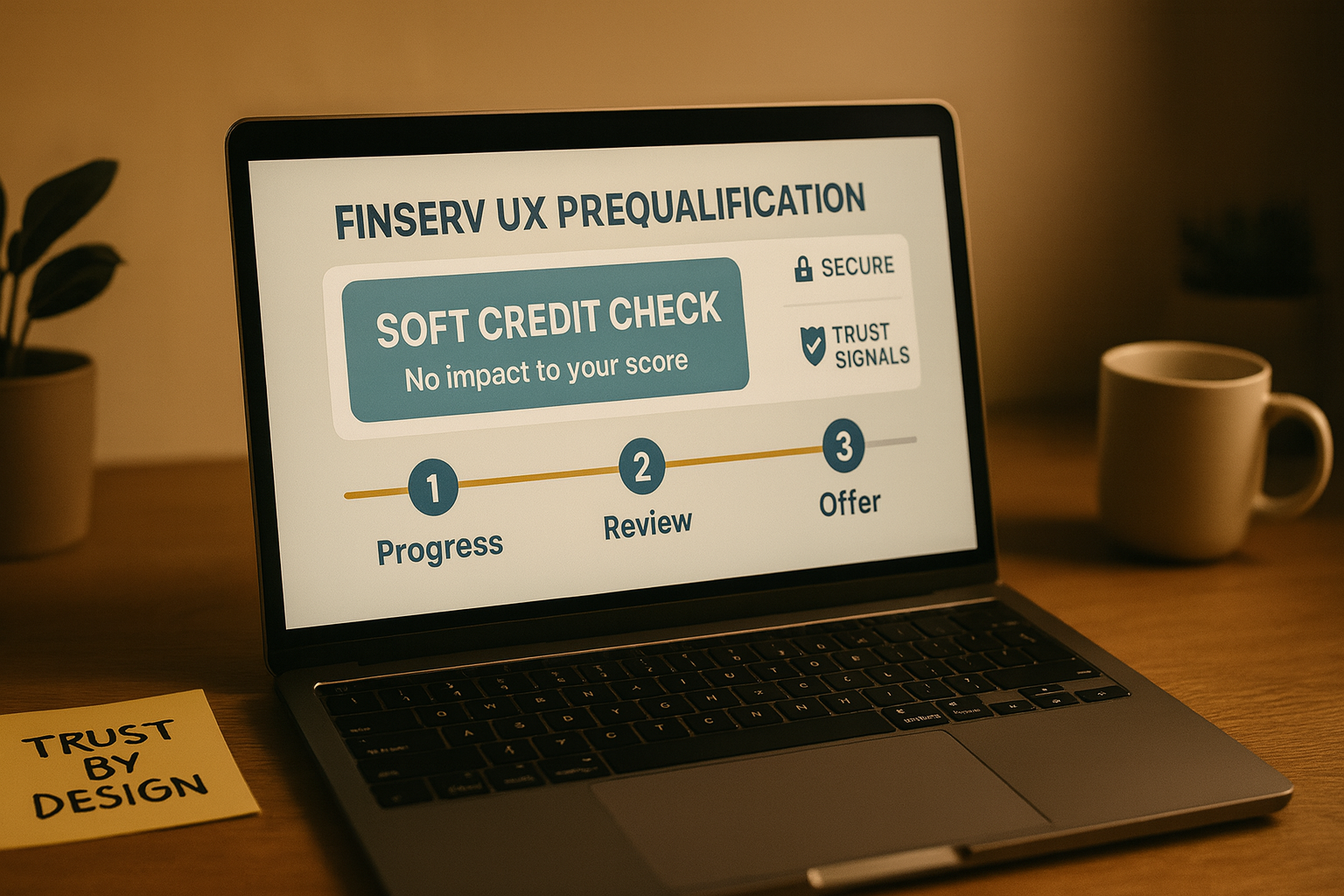
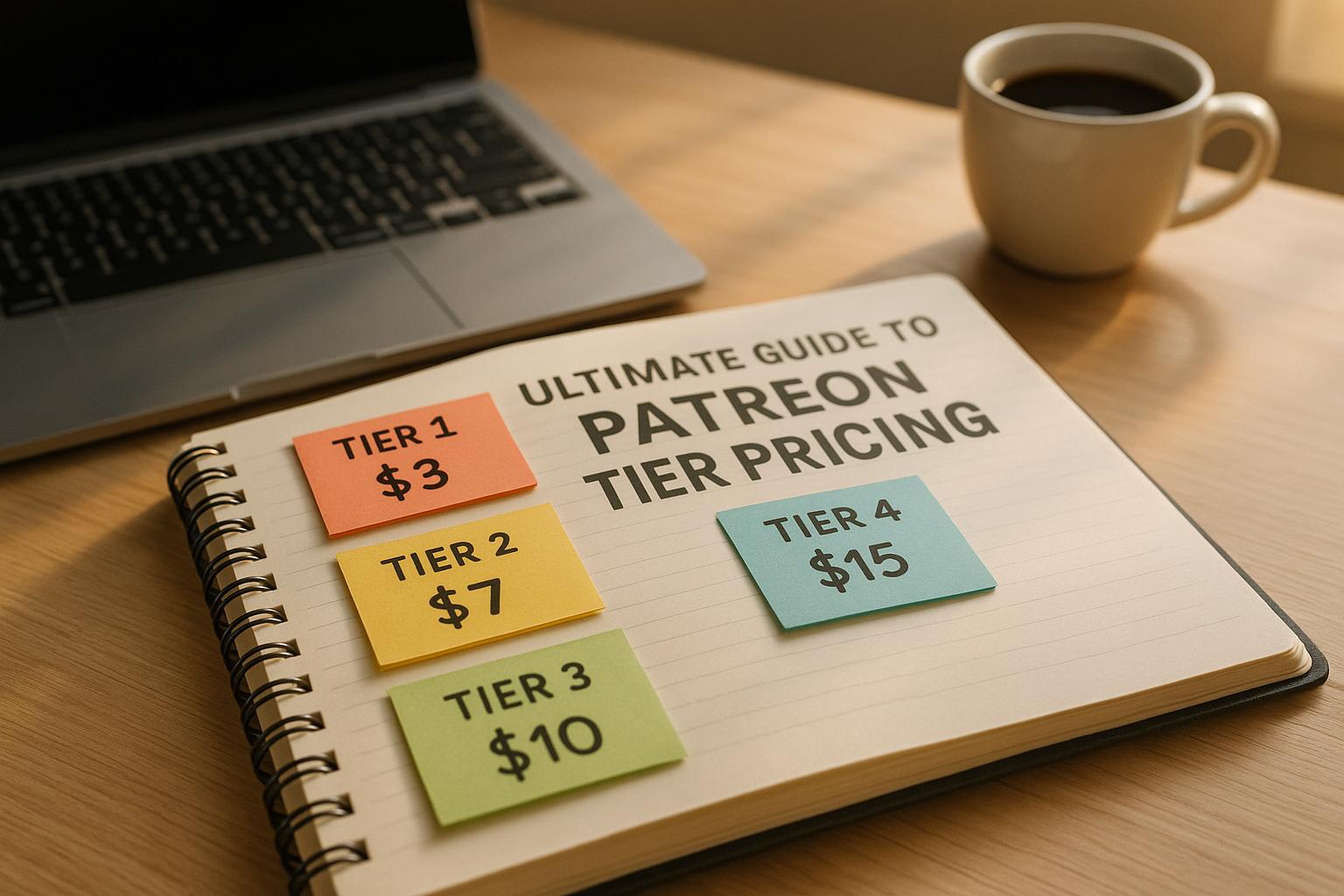



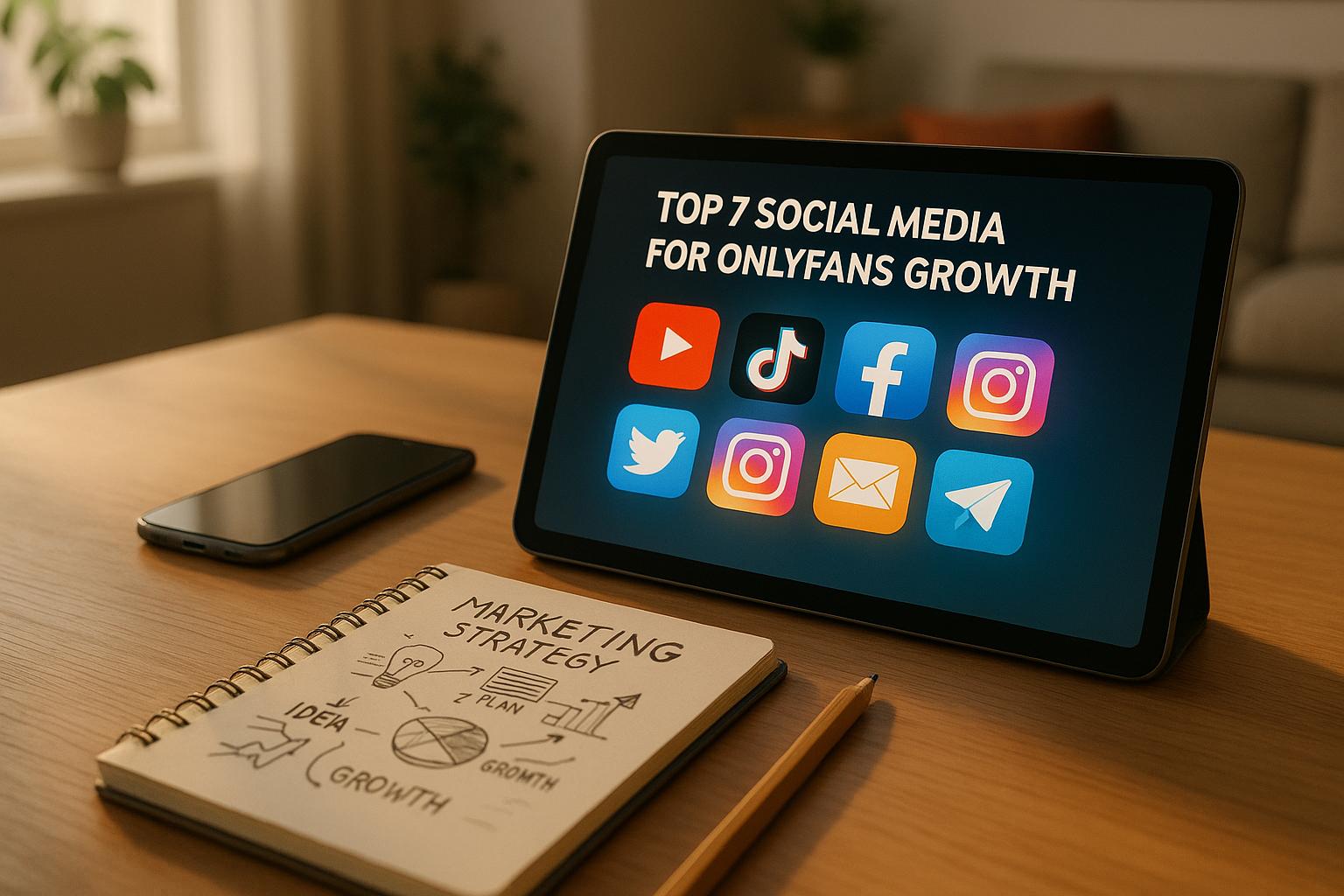



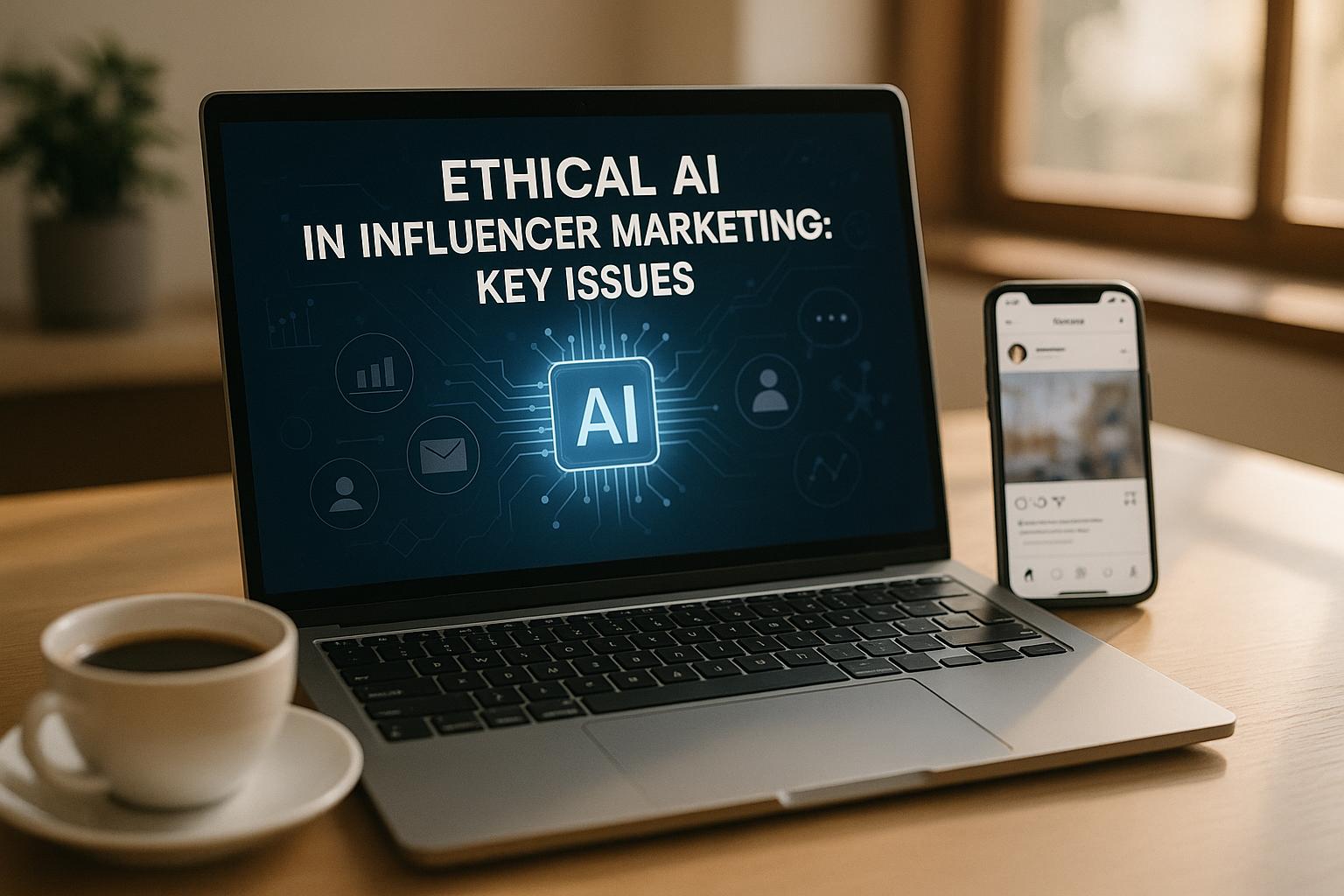


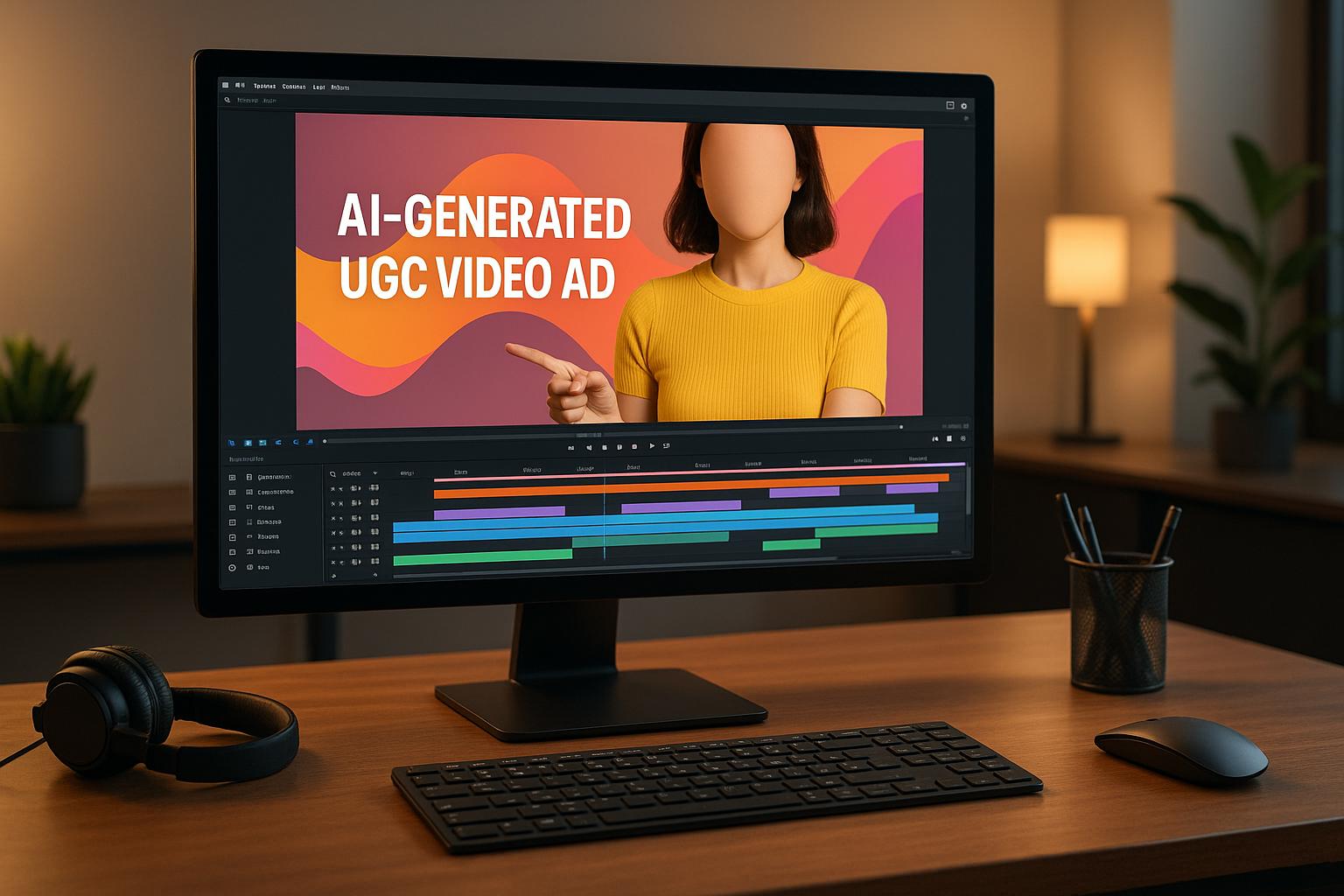

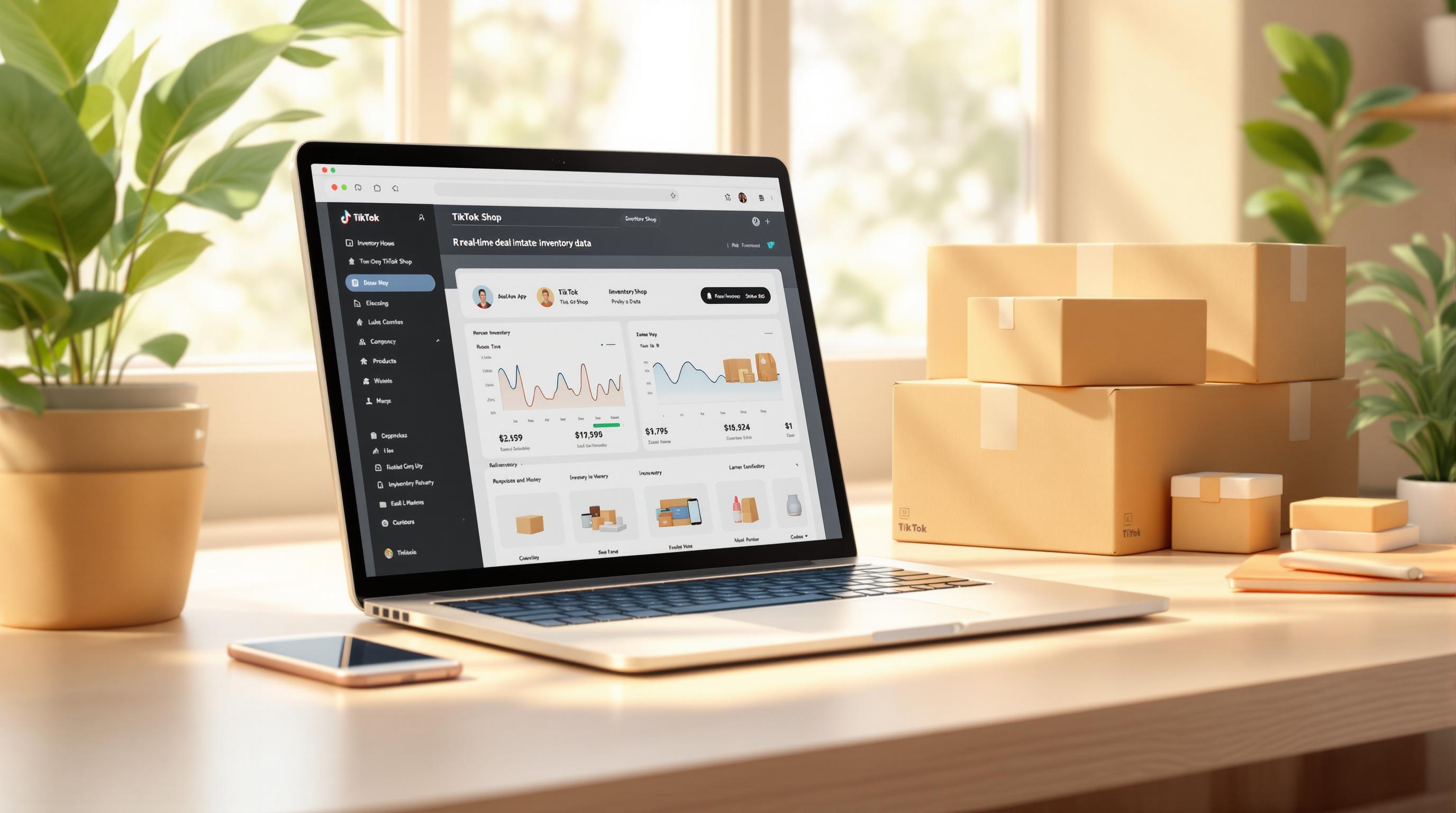


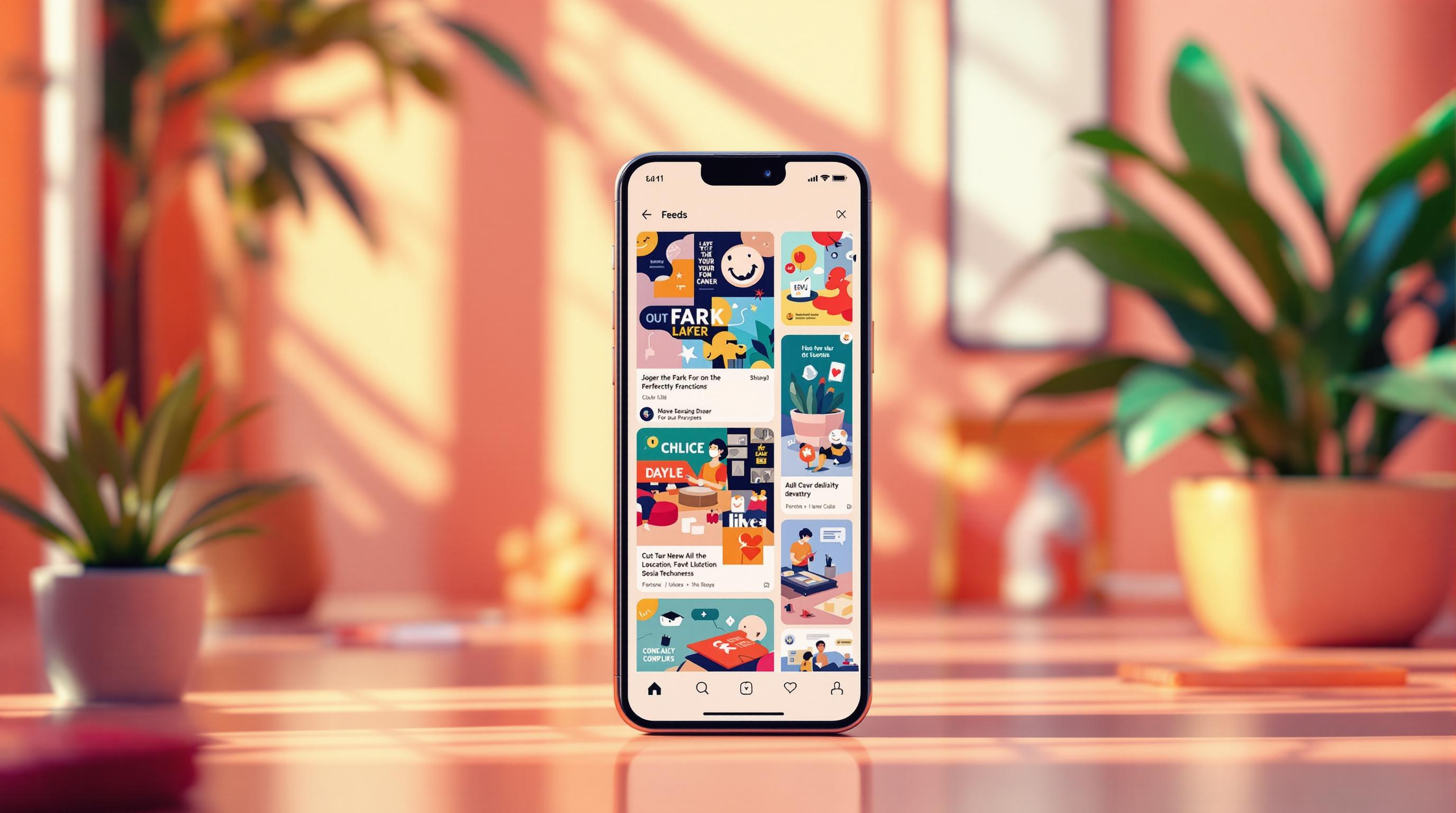

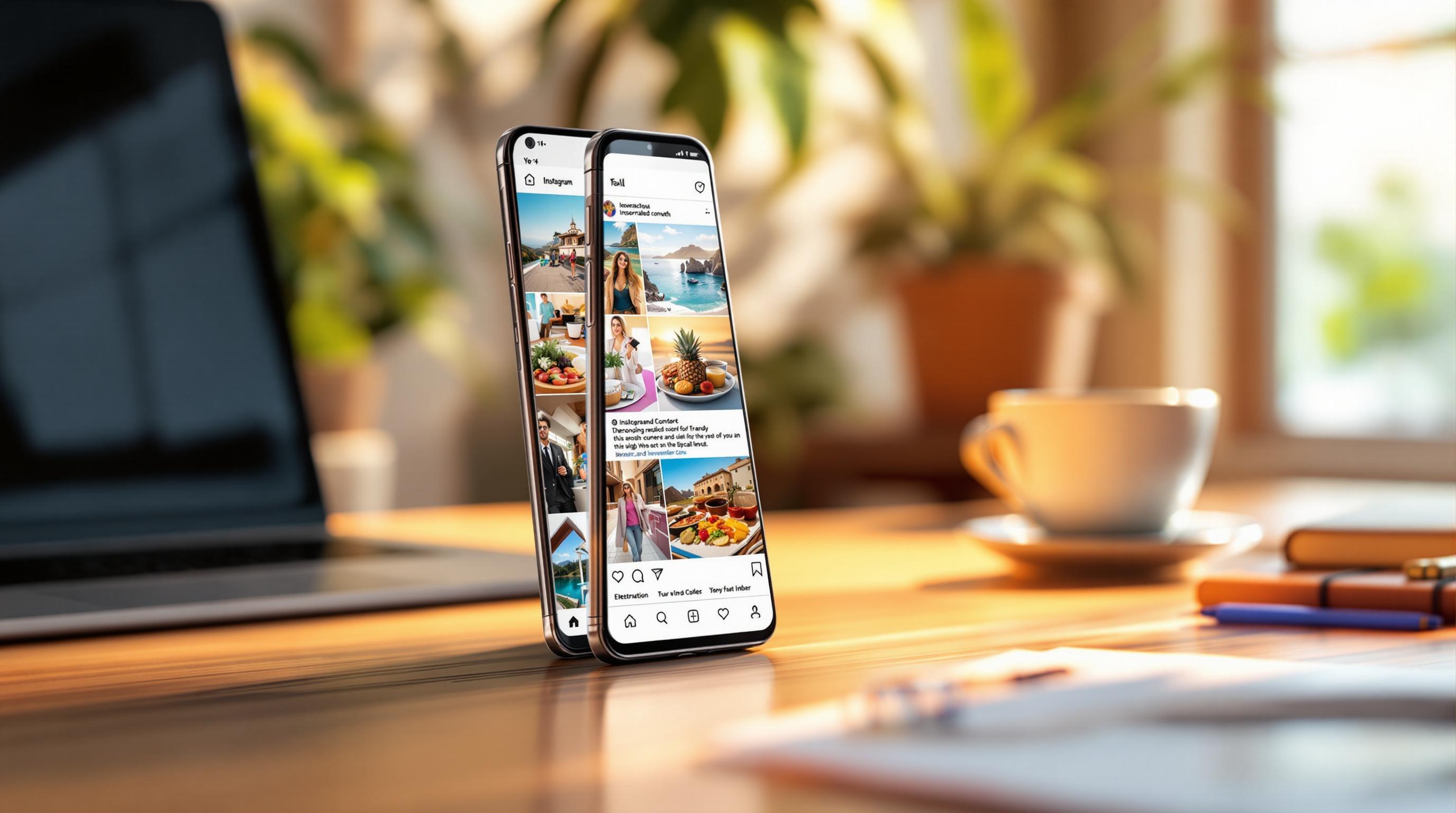


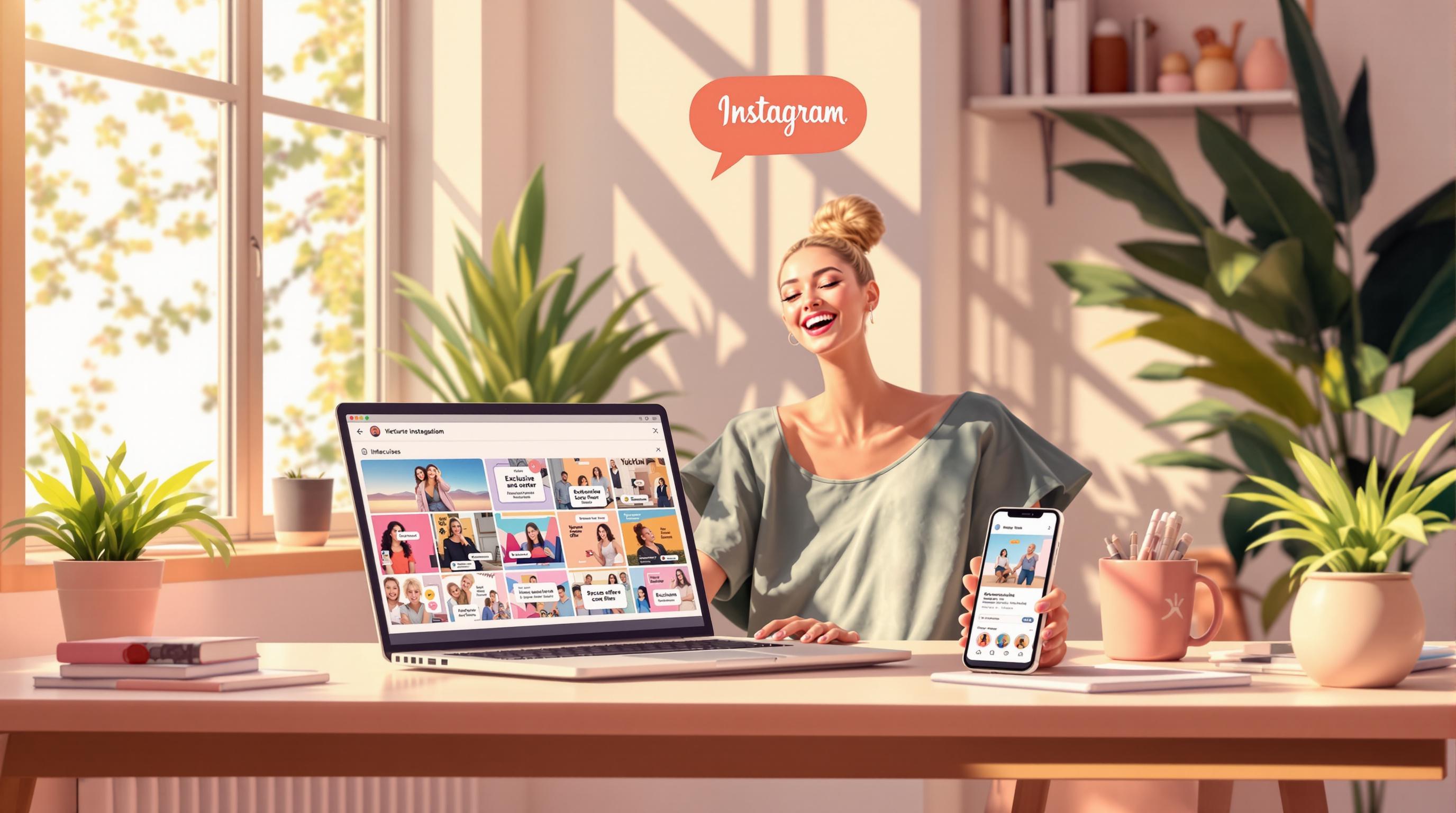



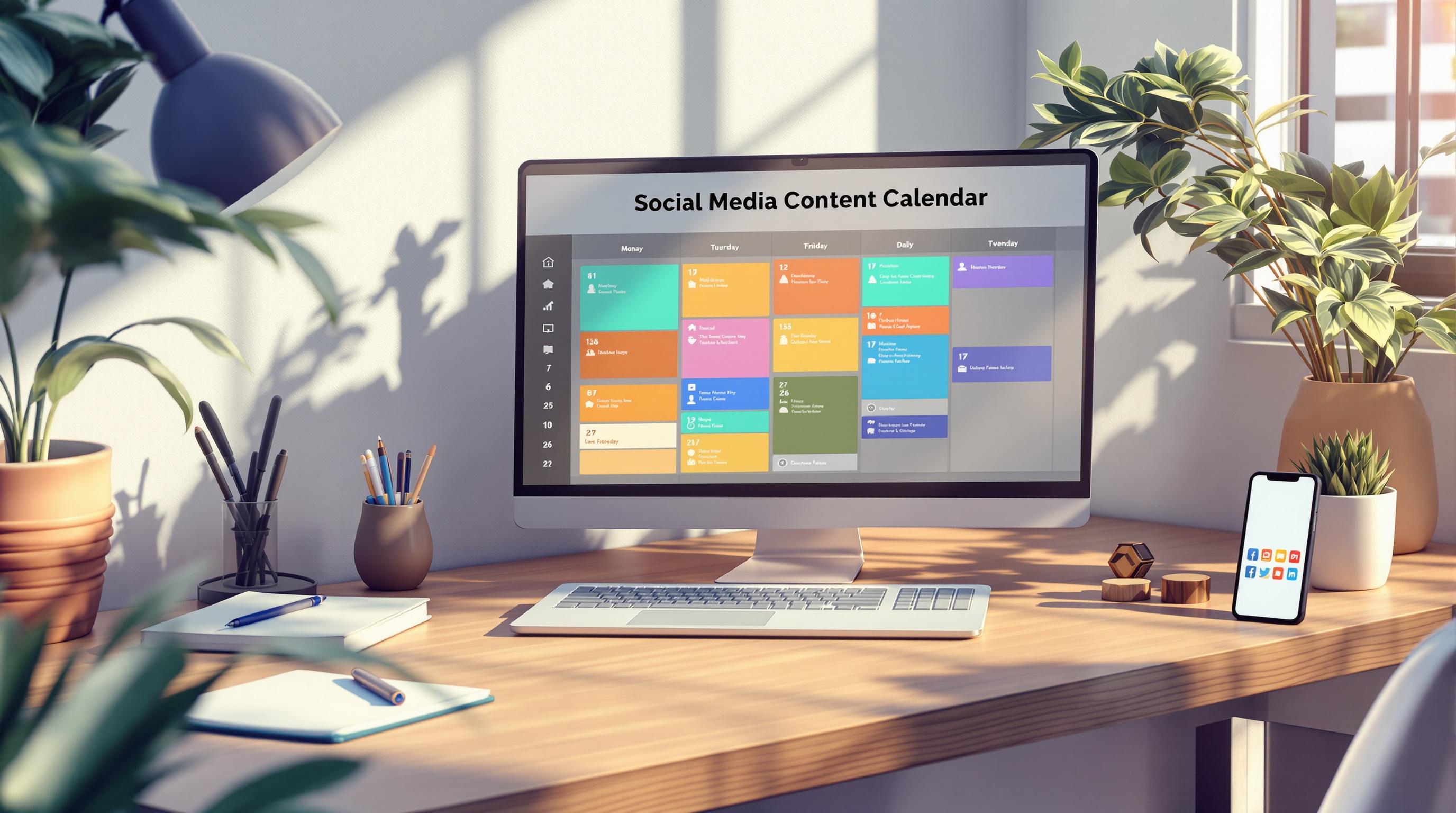


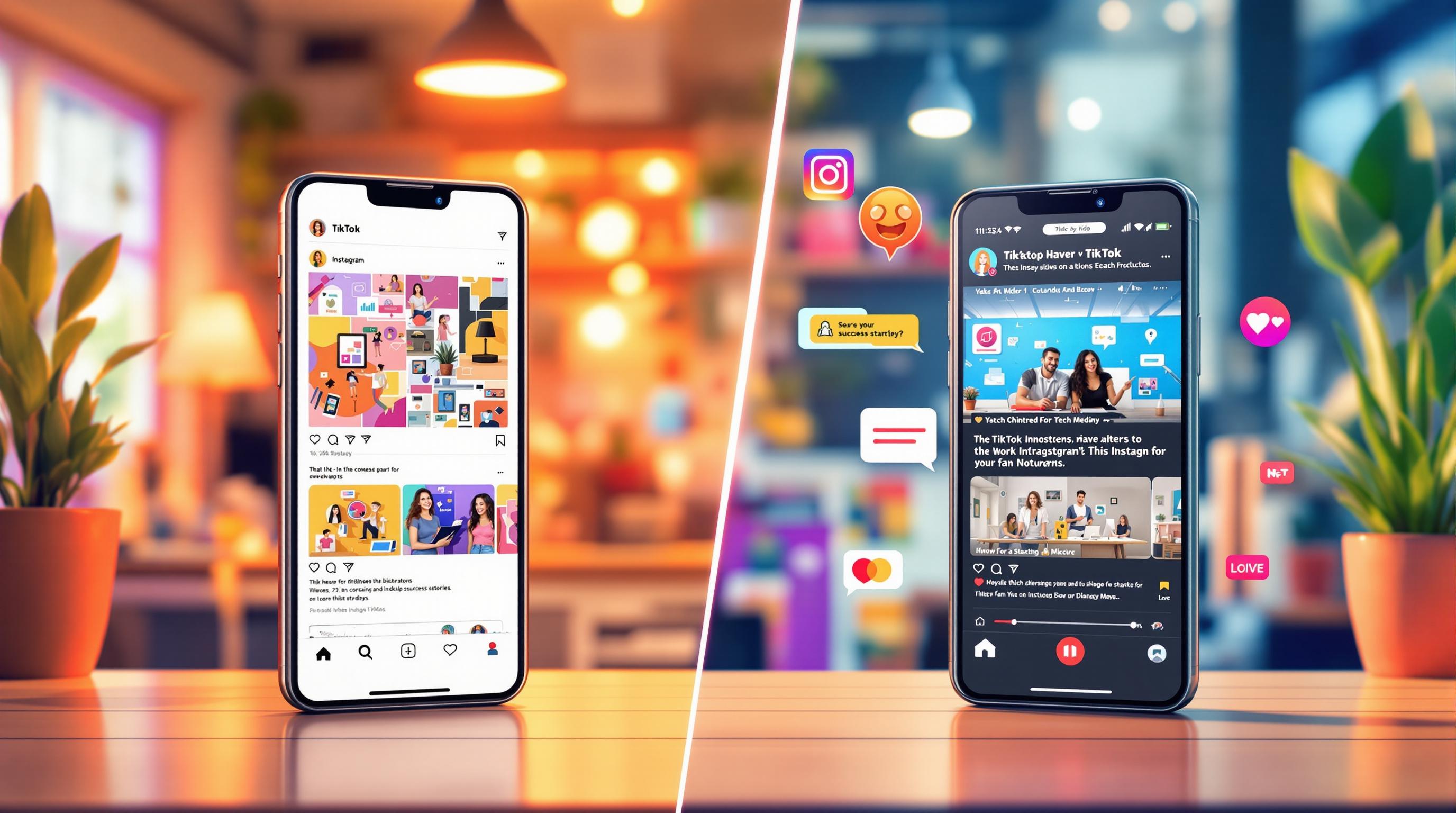
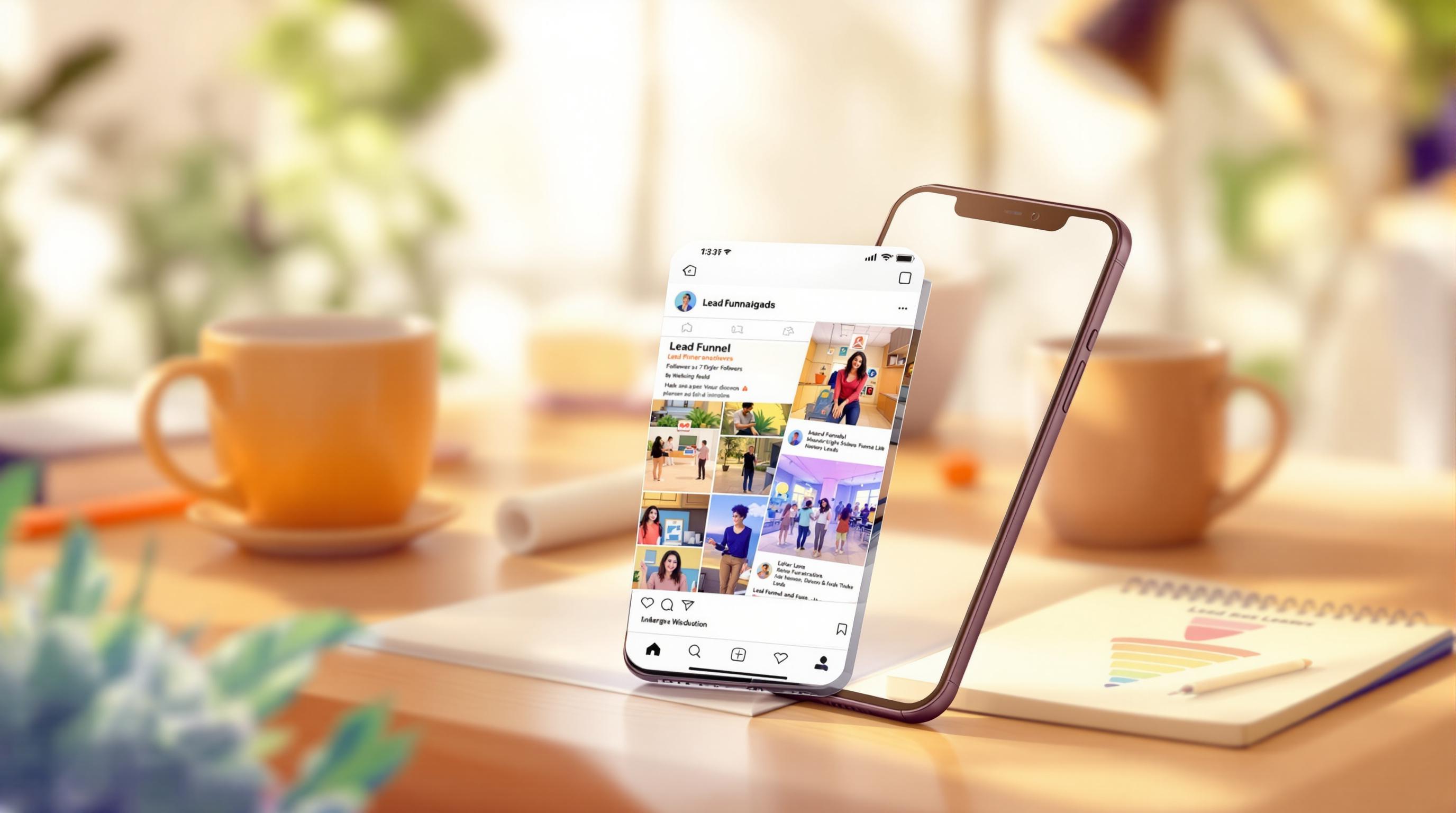

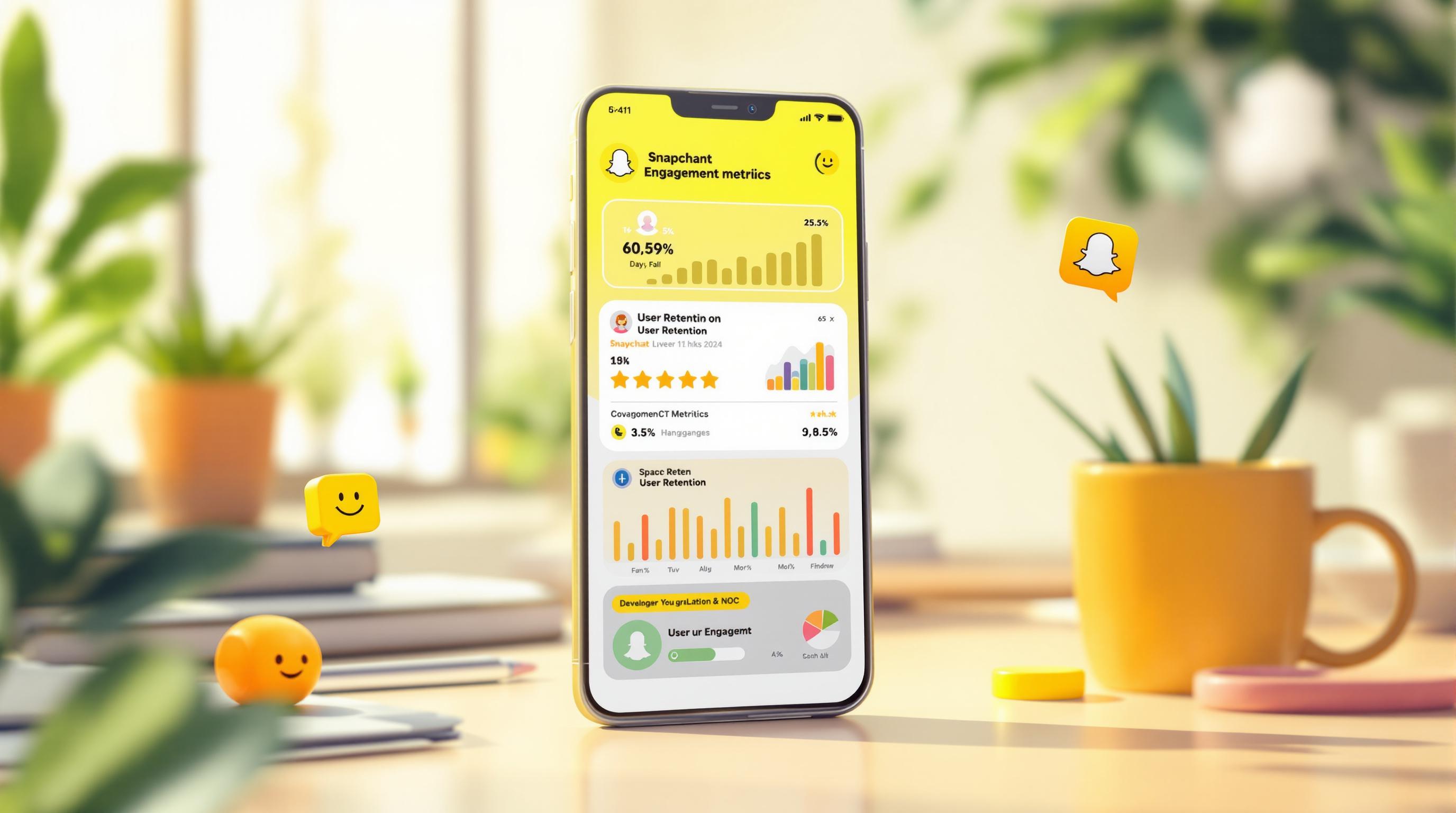
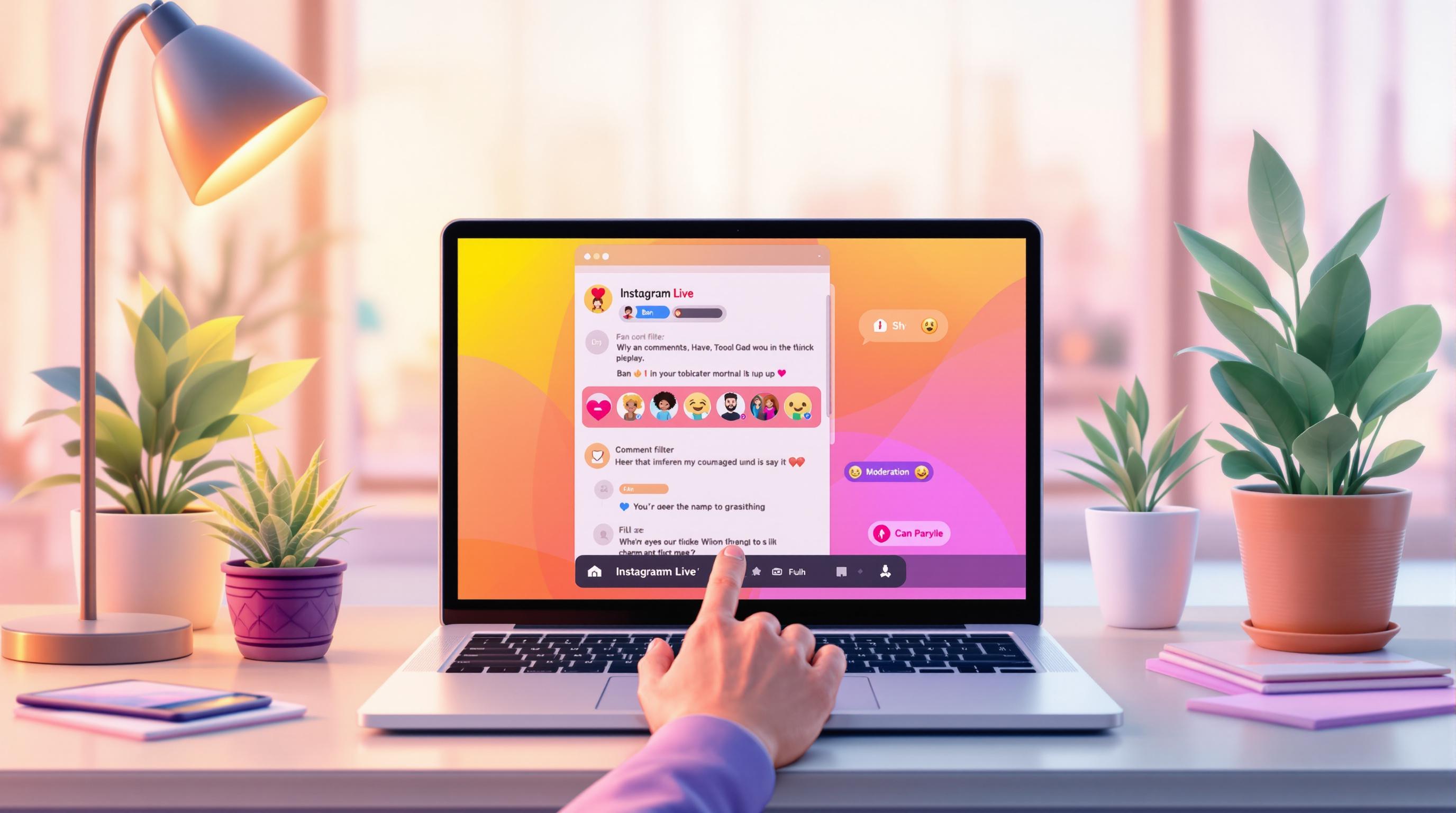

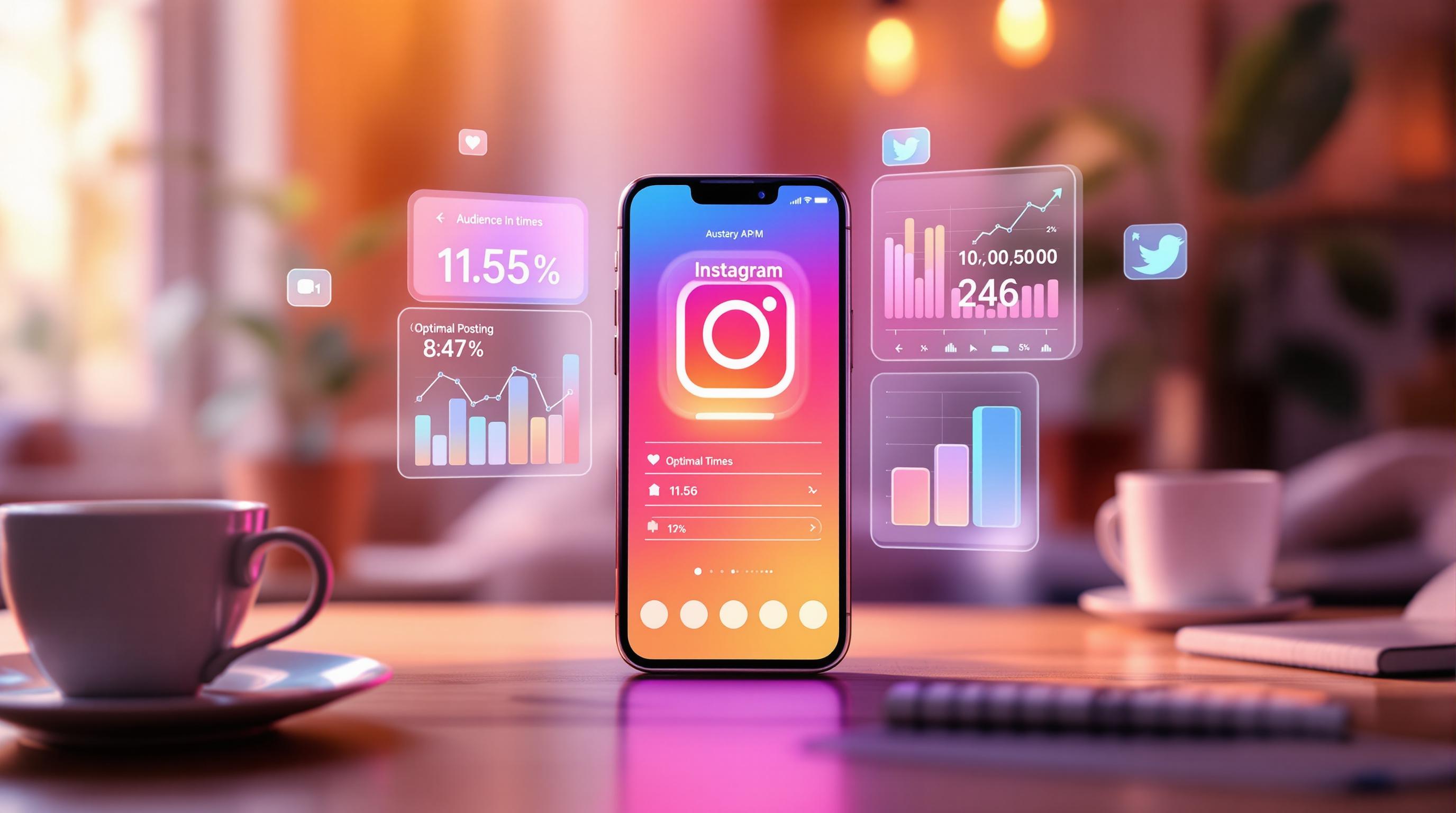

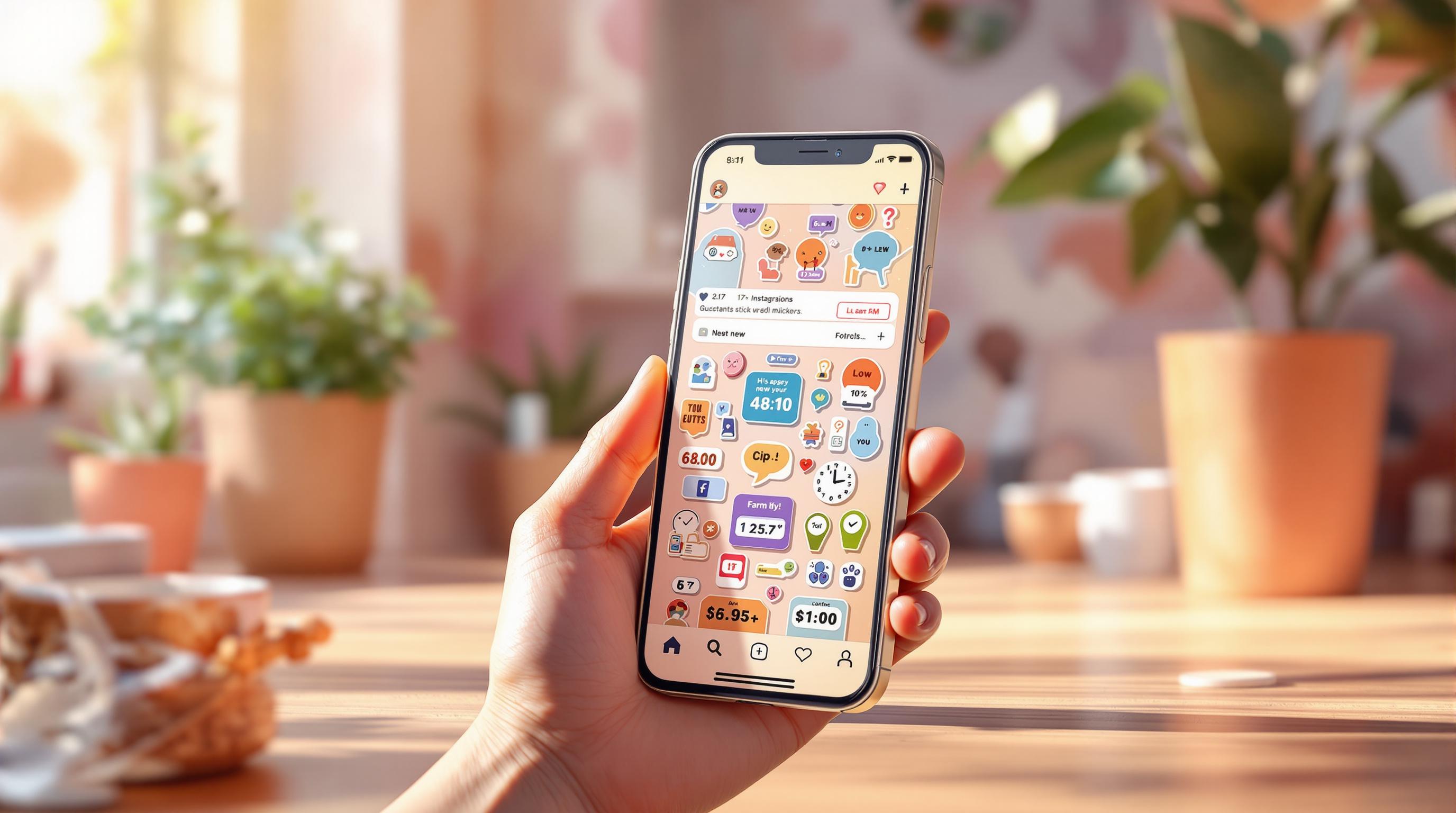
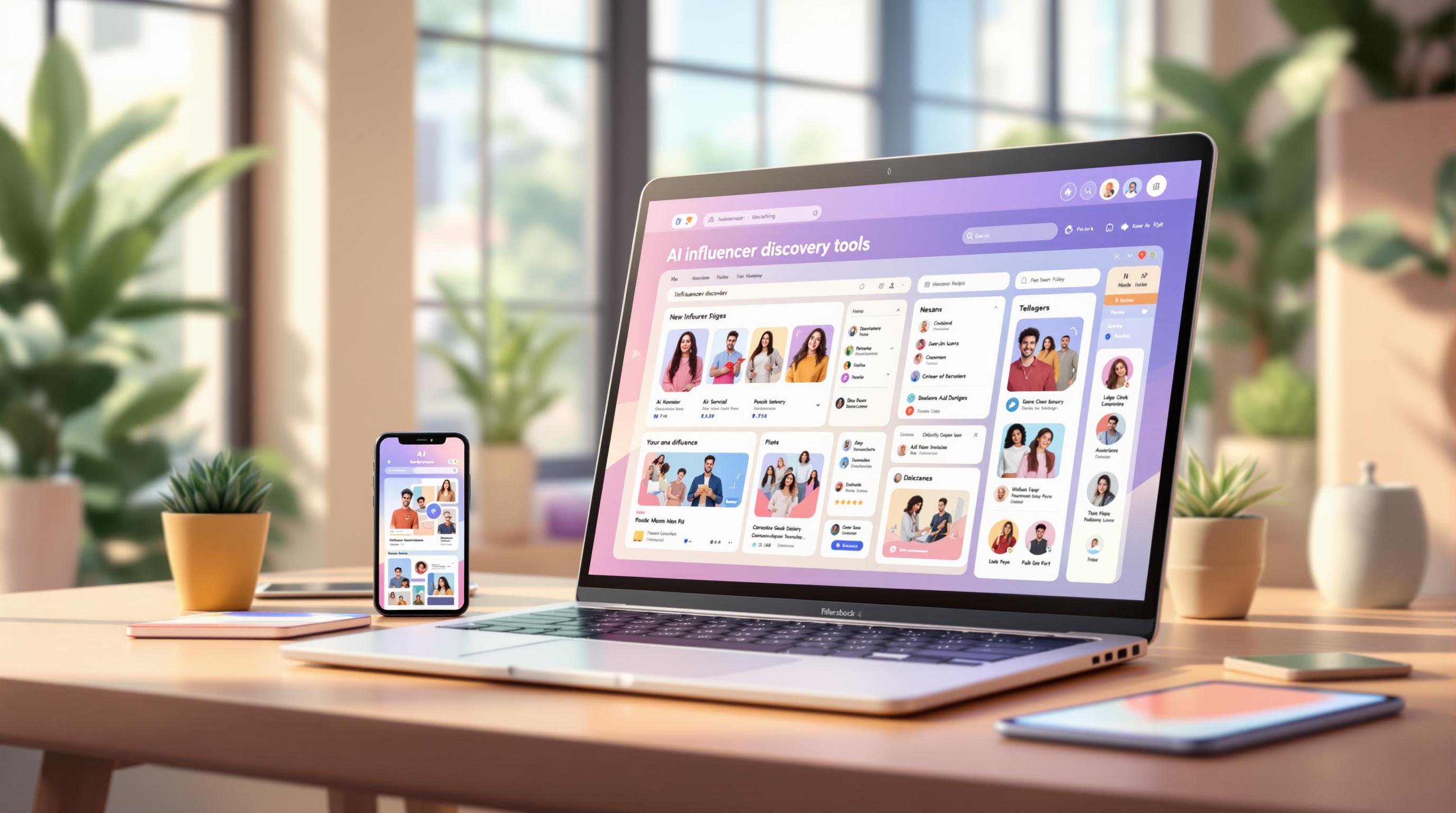


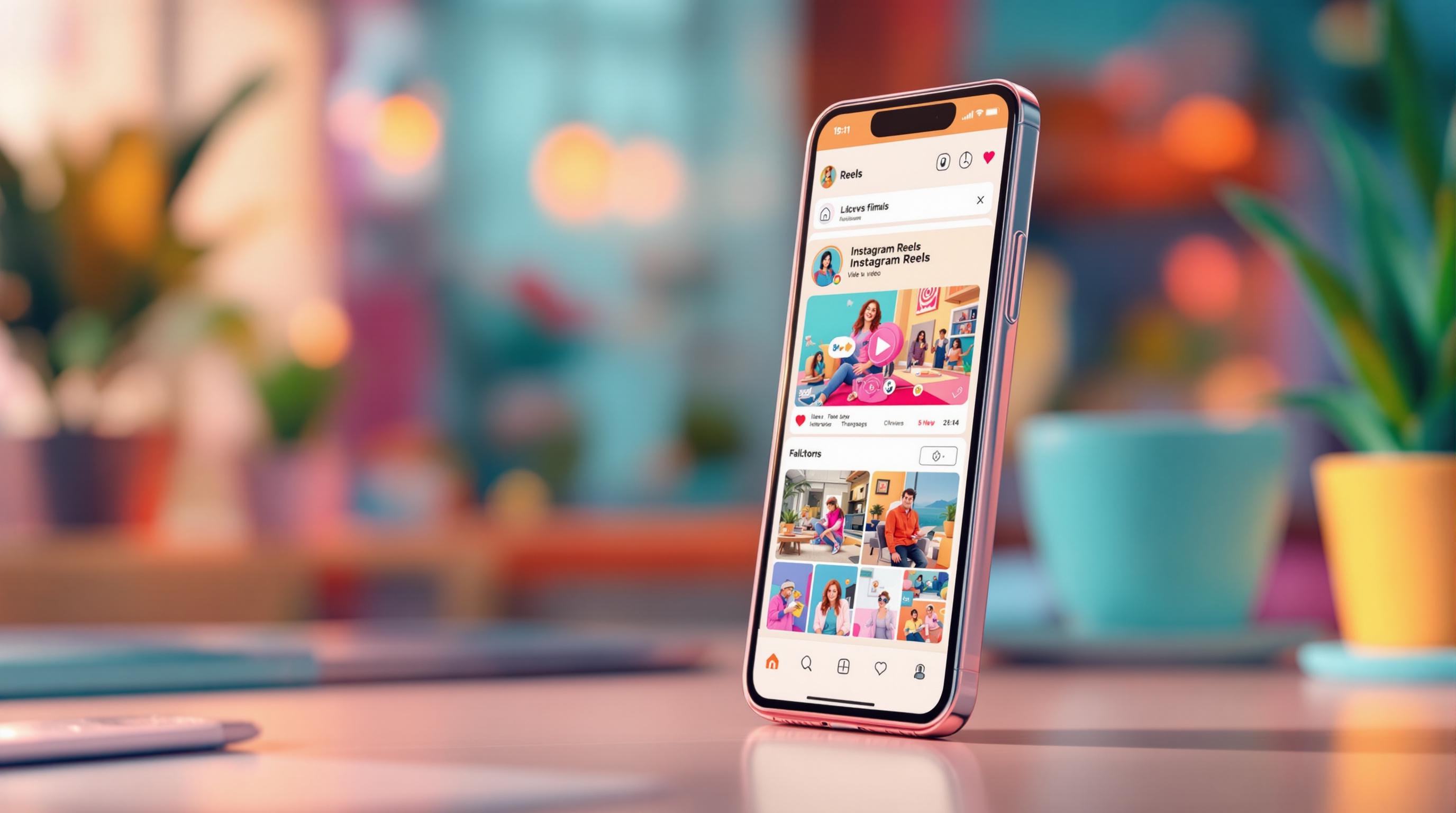
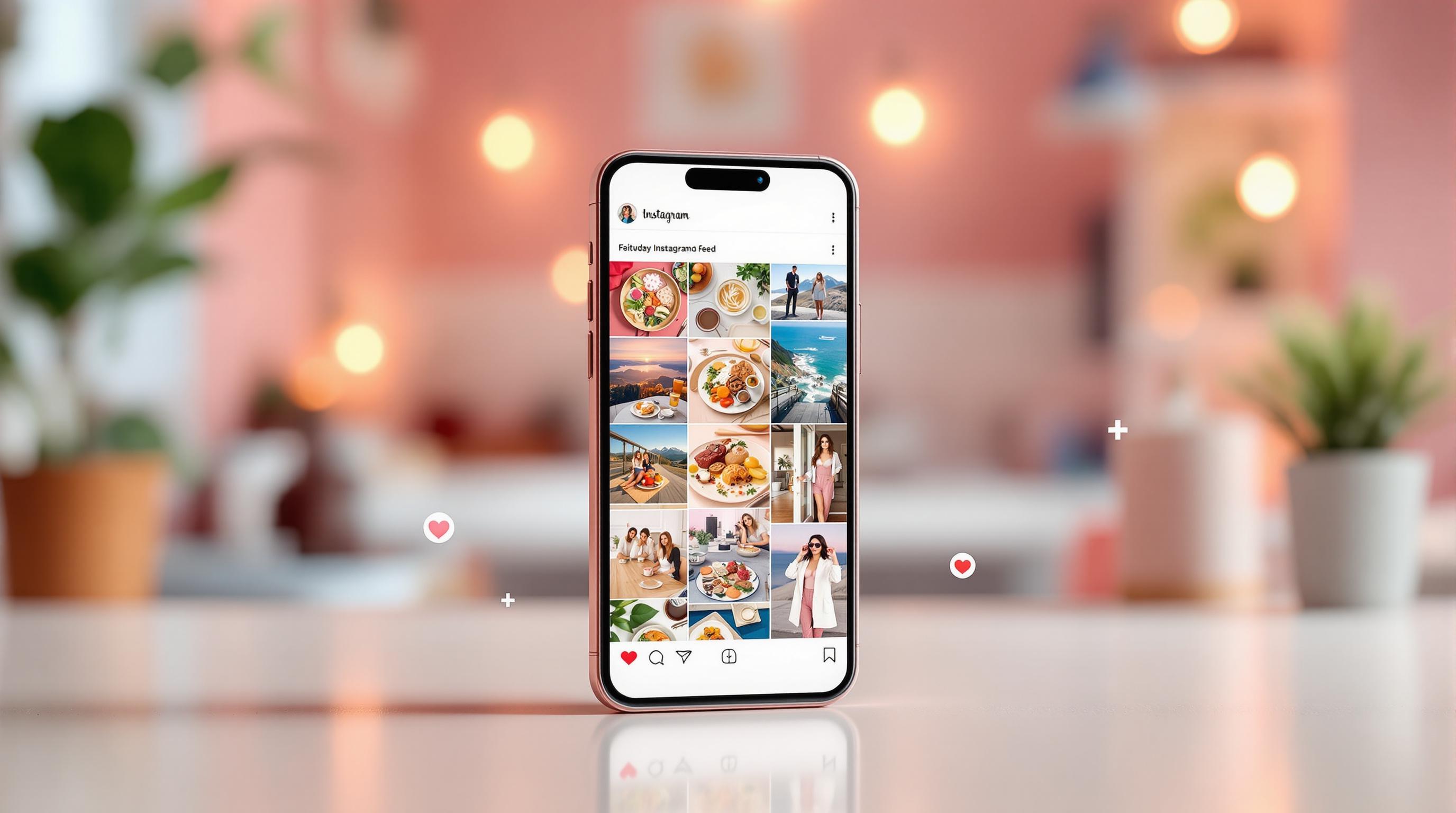



![Top 7 Best Instagram Growth Services in 2025 [RESULTS]](/cdn-cgi/image/fit=contain,format=auto,width=null/https://cdn.prod.website-files.com/67840d1d88a886f29a66a4c1/6795d12917ee4501b9eddf73_6795c731964f791db3b566c4-1737870861582.jpg)
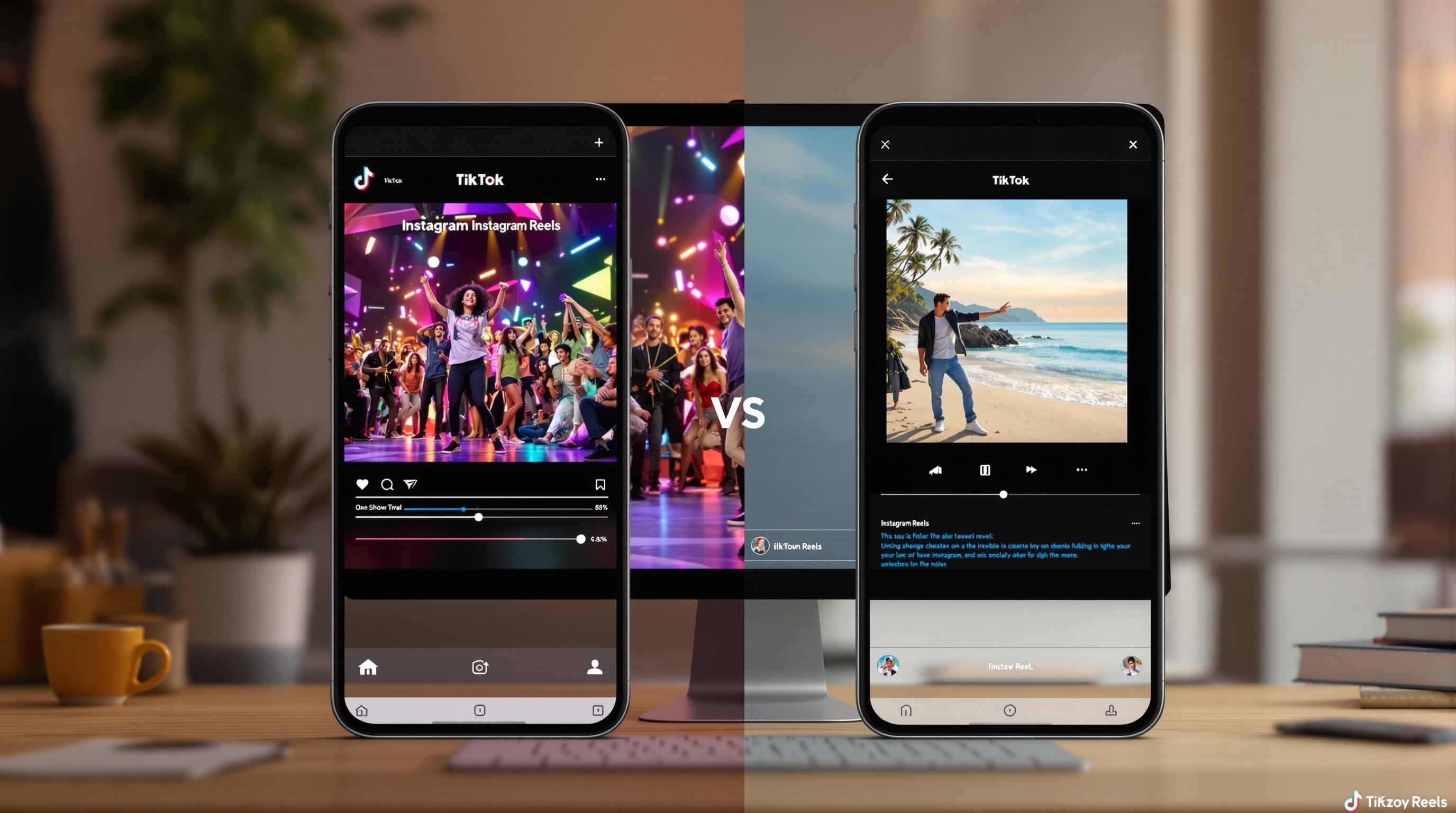
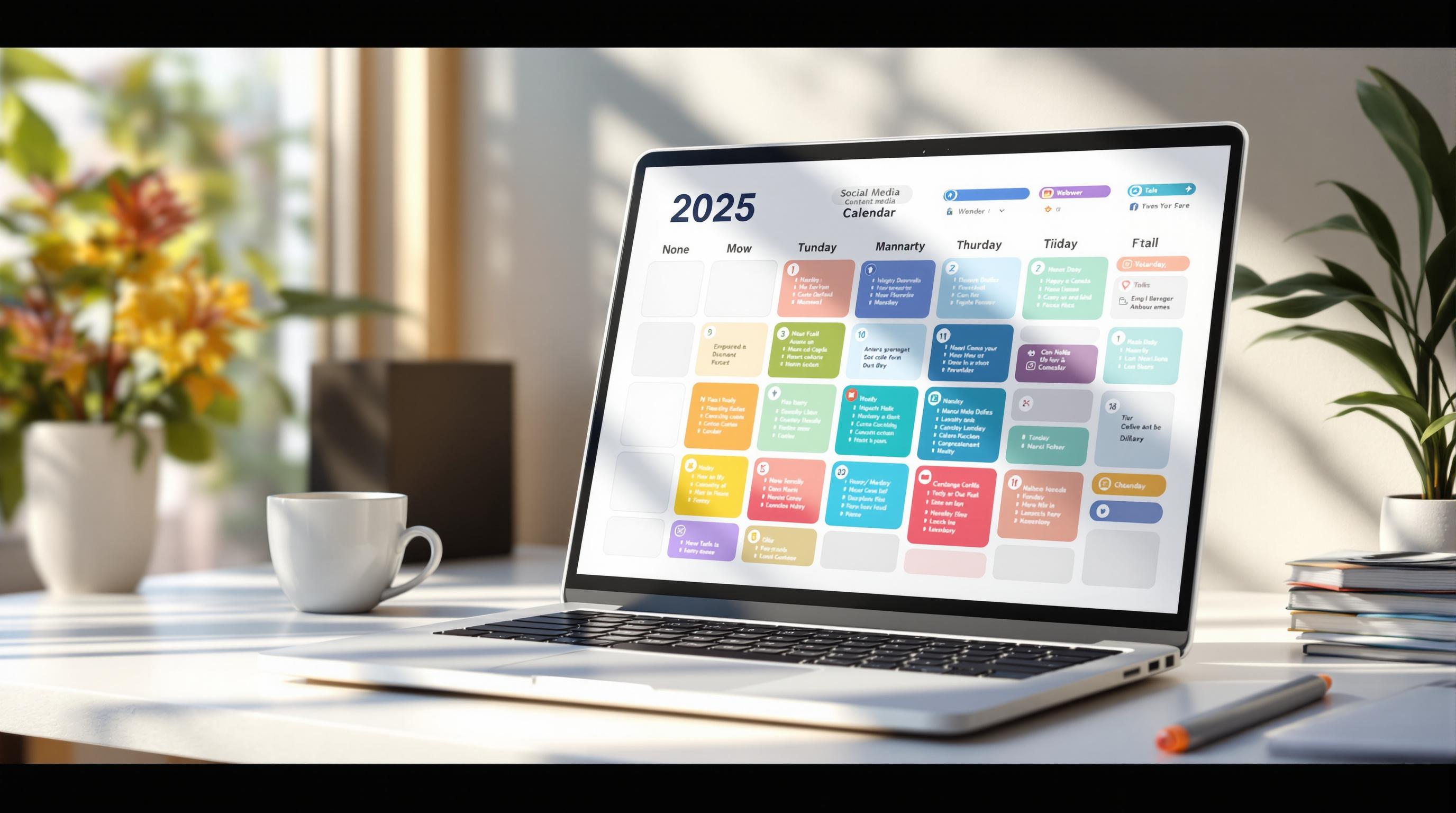
![UpGrow Review – The Best Instagram Growth Service in 2025 [TESTED]](/cdn-cgi/image/fit=contain,format=auto,width=null/https://cdn.prod.website-files.com/67840d1d88a886f29a66a4c1/6795040db42e404207732526_6794fd9c964f791db3b48de9-1737818779111.jpg)
